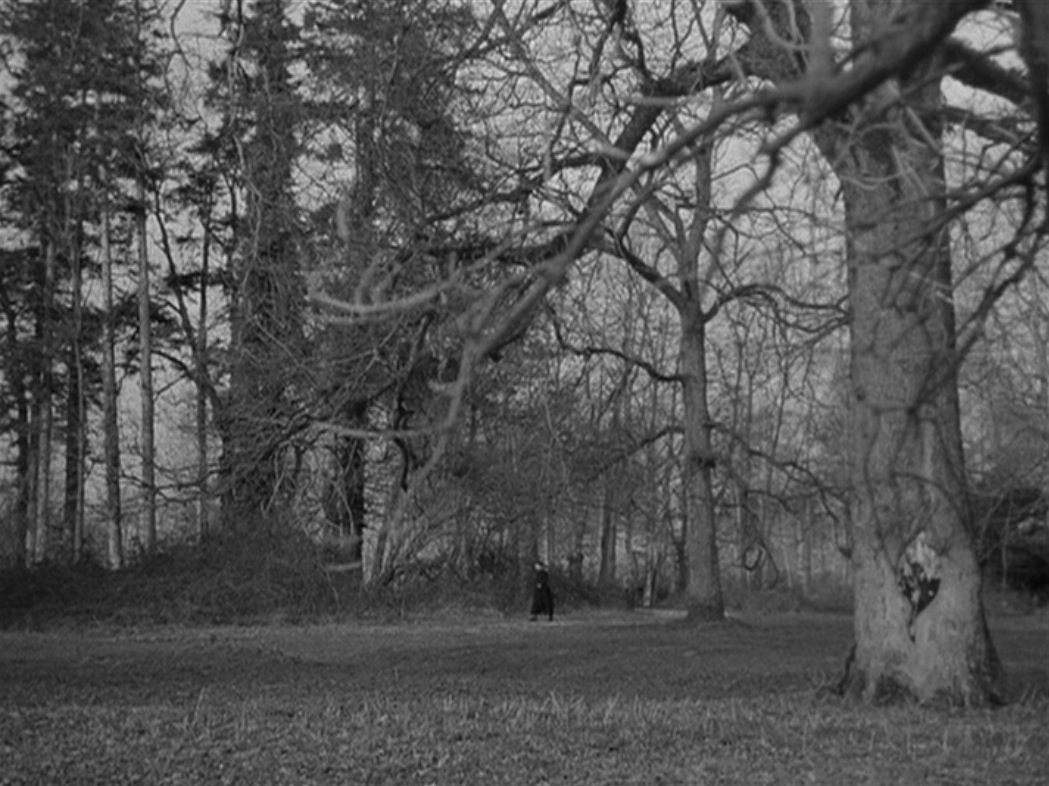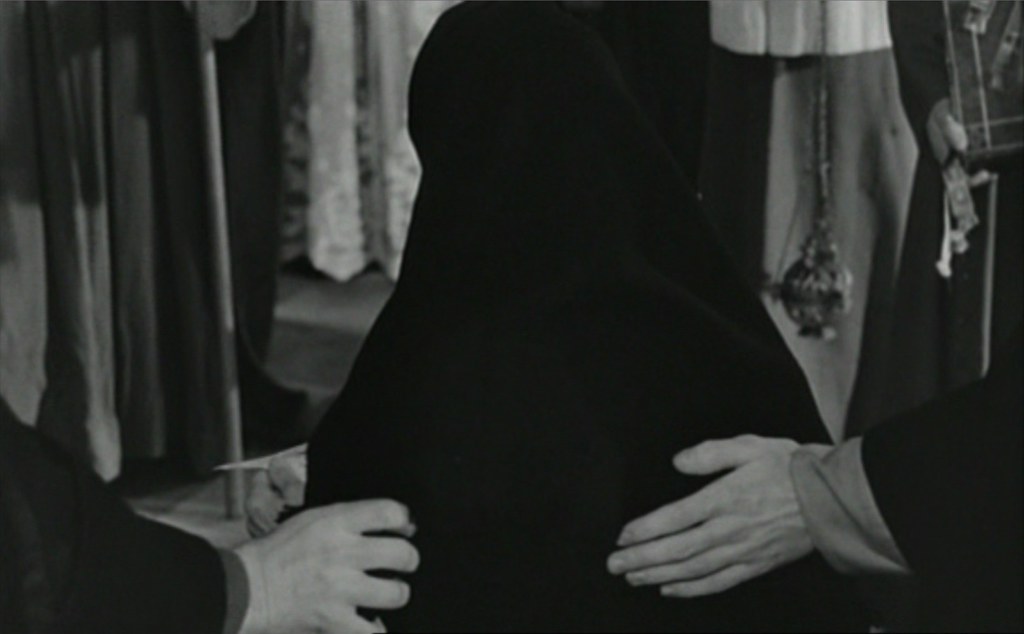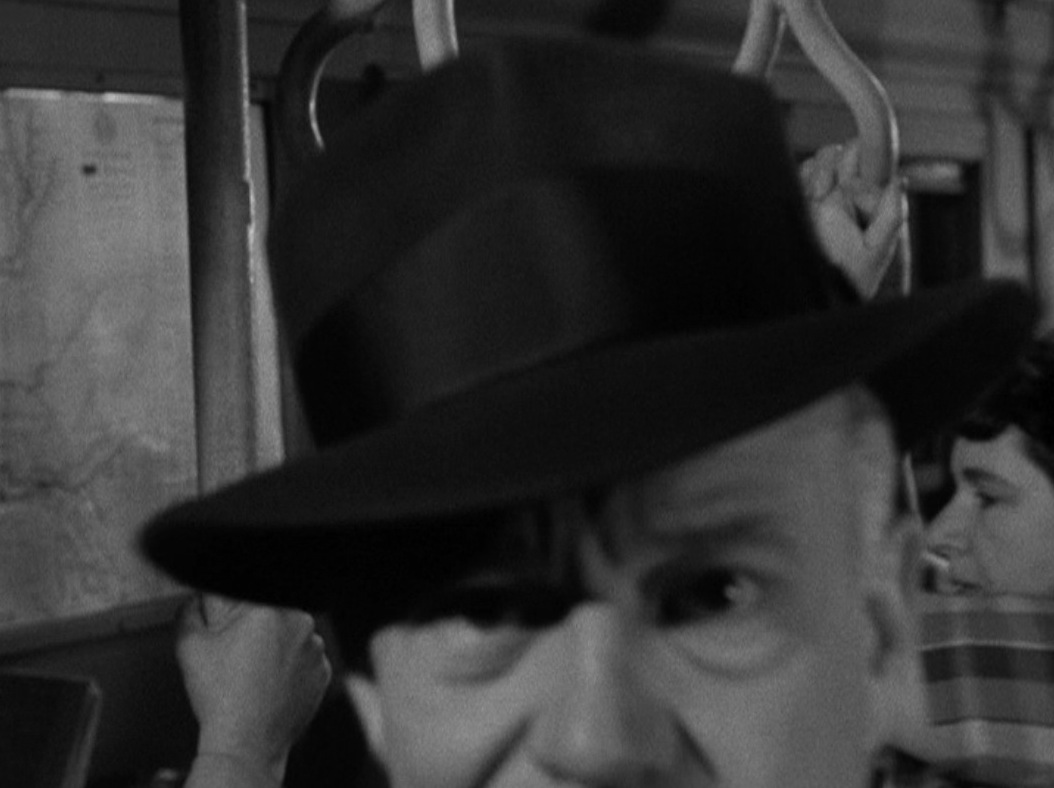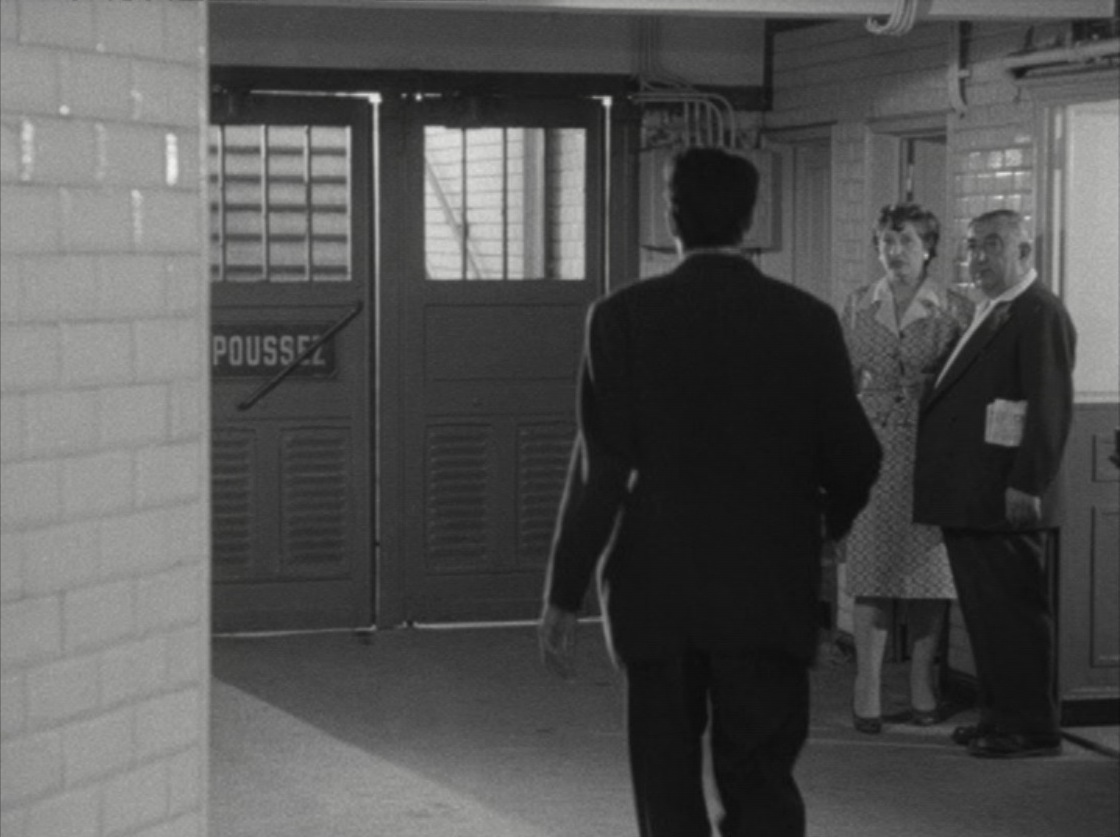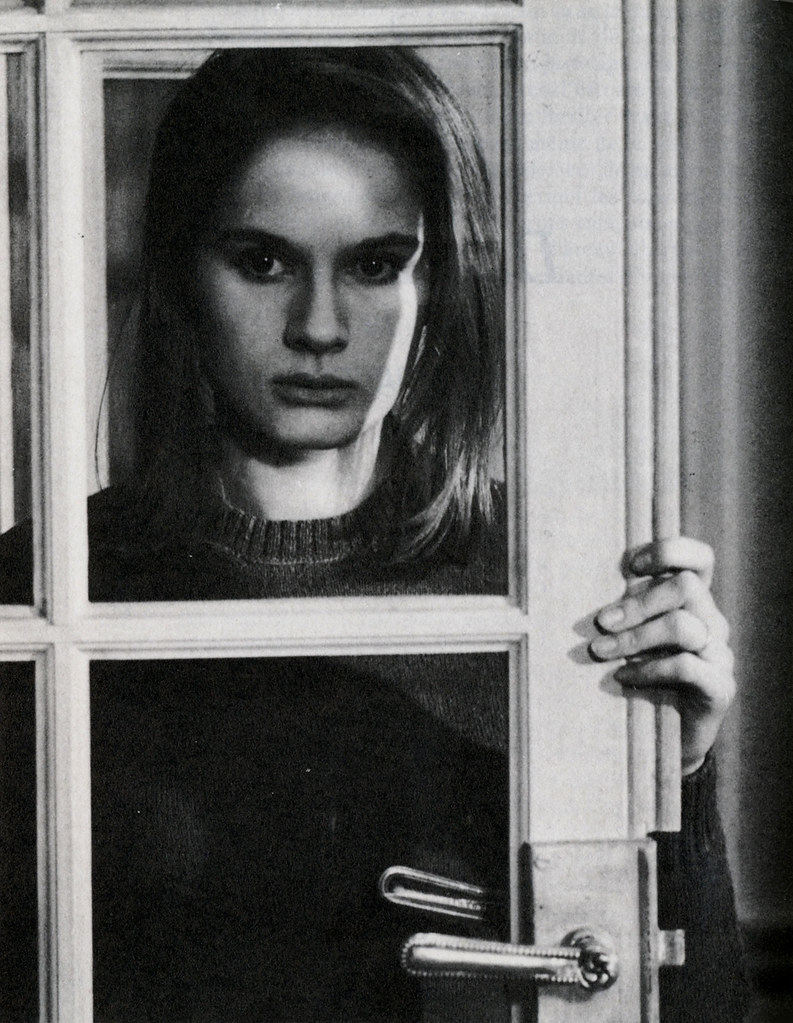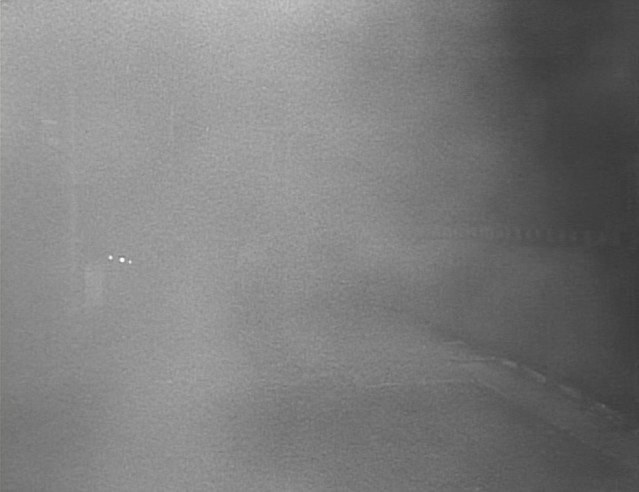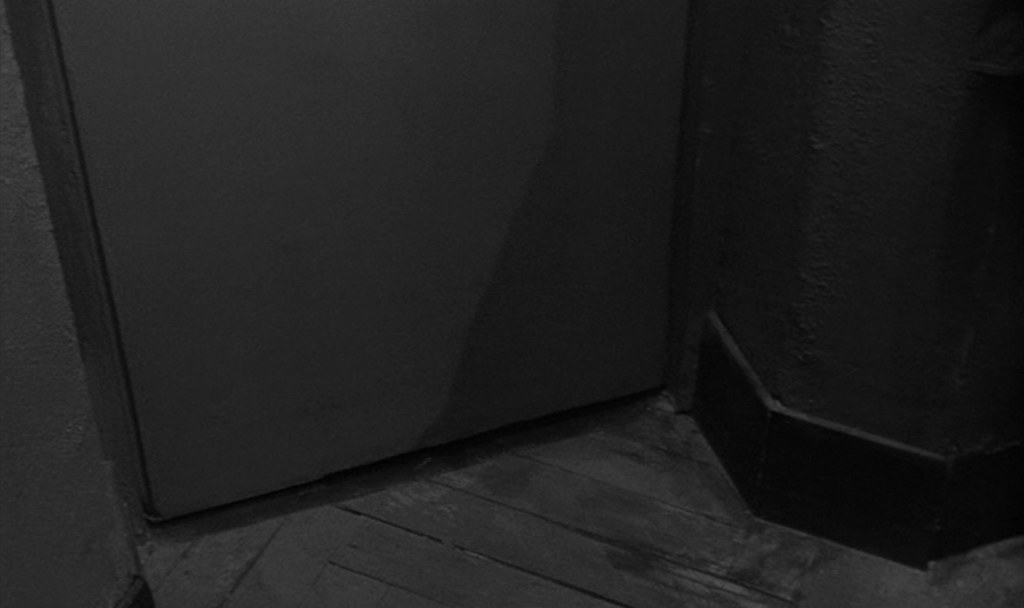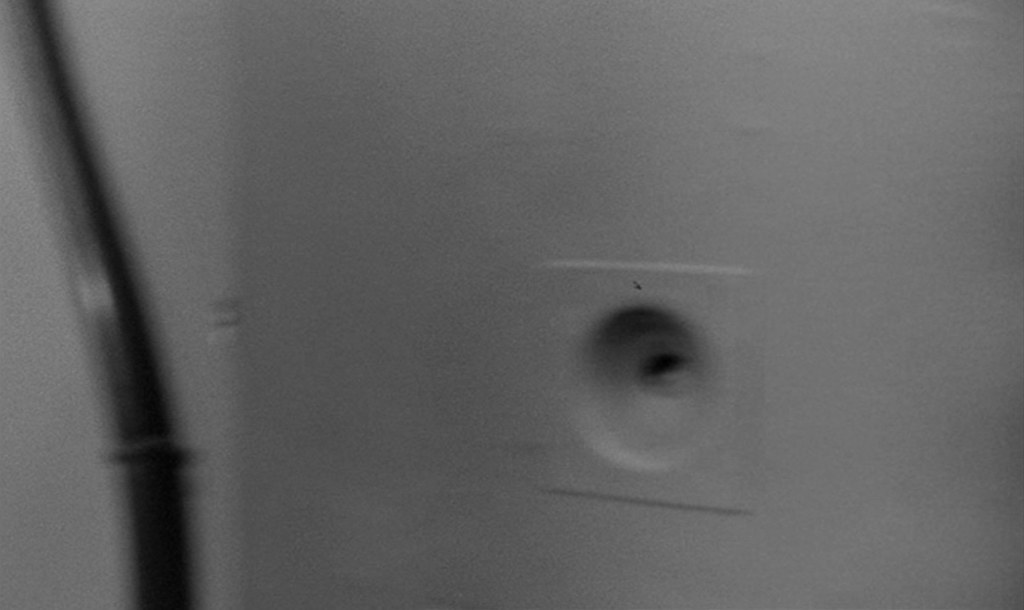Sunday, March 30, 2008
robert bresson, the unsayable
the domain of cinematography is the domain of the unsayable*
*(robert bresson from le monde, march 14, 1967 found in robert bresson: a spiritual style in film by joseph cunneen, 2003)
Labels:
cinematography,
film,
filmmaker's writings,
robert bresson,
trees
Wednesday, March 26, 2008
robert bresson, léonce-henri burel, cinematographer



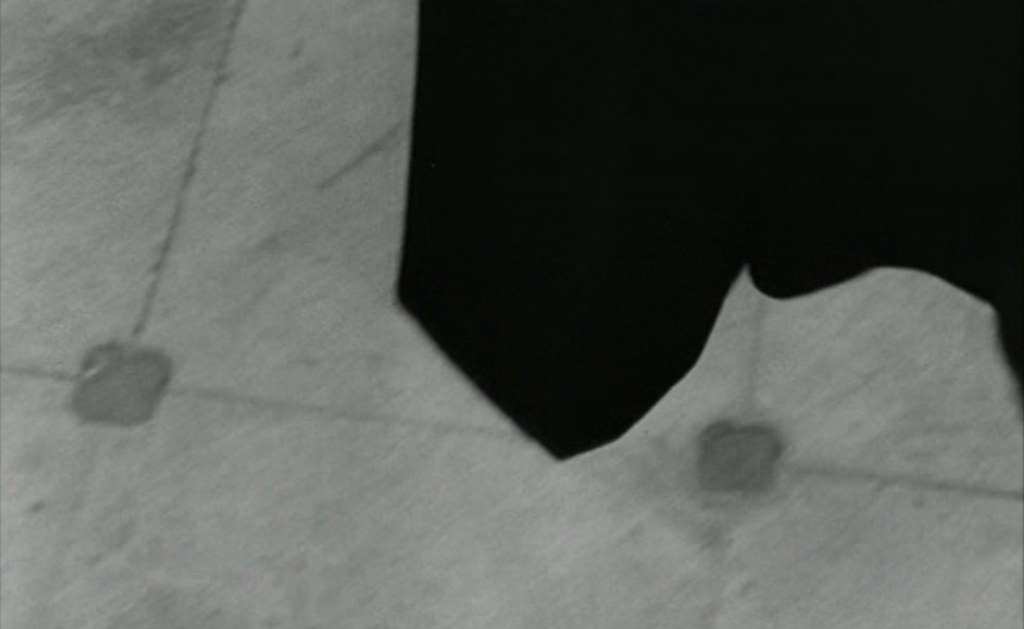
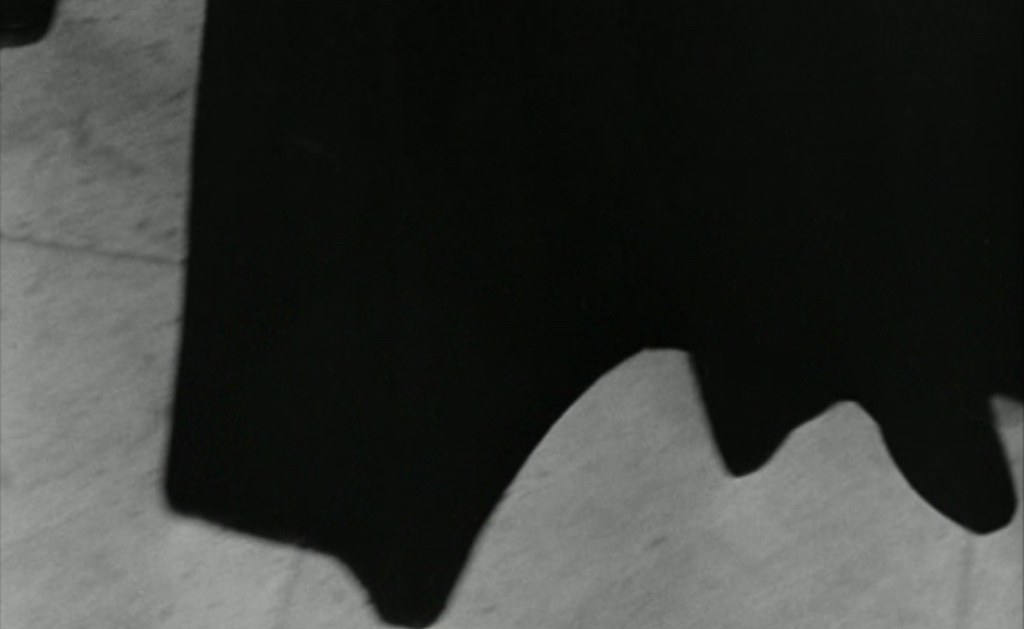
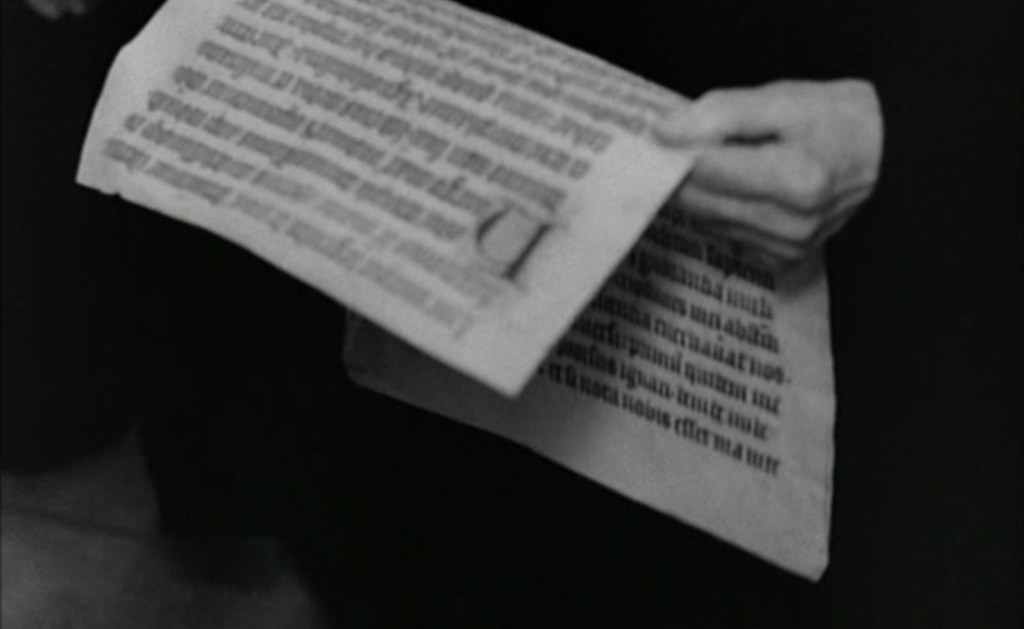
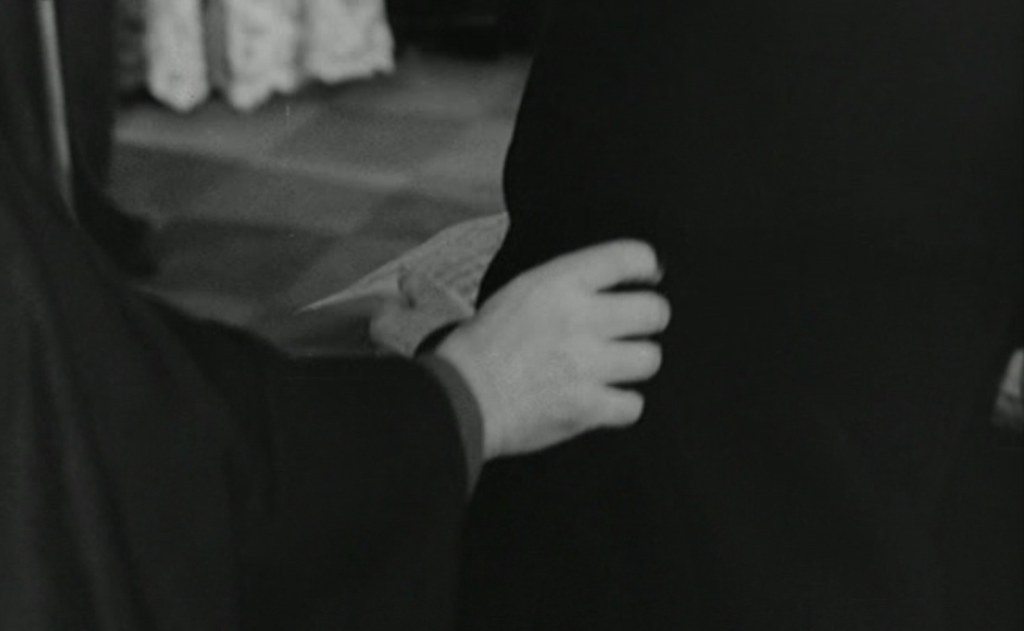
cinematography by léonce-henri burel (1892-1977) *
burel worked with directors including abel gance, jacques feyder, jean renoir, and robert bresson.
robert bresson & léonce-henri burel:
-journal d'un curé de campagne 1951
-un condamné à mort s'est échappé ou le vent souffle où il veut 1956
-pickpocket 1959
-procès de jeanne d'arc 1962
Labels:
abstraction,
cinematography,
film,
léonce-henri burel,
robert bresson
Monday, March 24, 2008
robert bresson, francis ponge, a correspondingly particular sound
ciment: do you like poets like francis ponge? your films remind one of him, and his le parti pris des choses.
bresson: yes. i no longer see ponge, unfortunately, as he has moved to the south. he wrote me some remarkable letters about my films and about cinema. i like his fondness for objects, for inanimate things.*
rain
in the courtyard where i watch it fall
the rain is coming down in widely varied measure.
a filmy discontinuous screen (or tracery) at the center
it's an unrelenting shower
relatively slow but rather sparse
an endless light precipitation
fractional concentration of sheer liquid meteor.
close by the walls to the right and left
heavier individualized
the drops come louder in their fall.
nearby they seem the size of wheat grain
over there a pea elsewhere almost a marble.
on window frames and railings the rain scuds horizontally
while on the undersides it clings in rounded lozenges.
molding to the entire surface of a small tin roof
that's visible below
it trickles in a thing skim moiréd in eddies
from the imperceptible bumps and ripples of the metal sheet.
in the adjoining gutter
it sluices along with all the application of a shallow rivulet gently pitched
then plunges abruptly
an absolutely vertical strand rather loosely tressed
straight to the ground where it shatters
and dashes up in glittering bead-tipped needles.
each of its forms has its own particular pace
a correspondingly particular sound.
it all exists intensely
a complicated mechanism precise as it is fortuitous
like clockwork whose mainspring is the weight of a given
mass of vapor in precipitation.
the chiming of vertical strands against the ground
the gurgle of the gutters
the tiny gong tones
all proliferate and resound together in concert
with no monotony with delicacy.
when the main spring runs down
some few wheels churn on awhile
slower and slowerthen the whole mechanism comes to a halt.
at that point if the sun comes out again
everything soon vanishes
the glittering apparatus evaporates.
it has rained. **
* from i seek not description but vision: robert bresson on l'argent (interview with robert bresson by michel ciment) found in robert bresson edited by james quandt, cinematheque ontario, 1998
** francis ponge, le parti pris des choses, éditions gallimard, 1942
in english as the nature of things, red dust, 2000
bresson: yes. i no longer see ponge, unfortunately, as he has moved to the south. he wrote me some remarkable letters about my films and about cinema. i like his fondness for objects, for inanimate things.*
rain
in the courtyard where i watch it fall
the rain is coming down in widely varied measure.
a filmy discontinuous screen (or tracery) at the center
it's an unrelenting shower
relatively slow but rather sparse
an endless light precipitation
fractional concentration of sheer liquid meteor.
close by the walls to the right and left
heavier individualized
the drops come louder in their fall.
nearby they seem the size of wheat grain
over there a pea elsewhere almost a marble.
on window frames and railings the rain scuds horizontally
while on the undersides it clings in rounded lozenges.
molding to the entire surface of a small tin roof
that's visible below
it trickles in a thing skim moiréd in eddies
from the imperceptible bumps and ripples of the metal sheet.
in the adjoining gutter
it sluices along with all the application of a shallow rivulet gently pitched
then plunges abruptly
an absolutely vertical strand rather loosely tressed
straight to the ground where it shatters
and dashes up in glittering bead-tipped needles.
each of its forms has its own particular pace
a correspondingly particular sound.
it all exists intensely
a complicated mechanism precise as it is fortuitous
like clockwork whose mainspring is the weight of a given
mass of vapor in precipitation.
the chiming of vertical strands against the ground
the gurgle of the gutters
the tiny gong tones
all proliferate and resound together in concert
with no monotony with delicacy.
when the main spring runs down
some few wheels churn on awhile
slower and slowerthen the whole mechanism comes to a halt.
at that point if the sun comes out again
everything soon vanishes
the glittering apparatus evaporates.
it has rained. **
* from i seek not description but vision: robert bresson on l'argent (interview with robert bresson by michel ciment) found in robert bresson edited by james quandt, cinematheque ontario, 1998
** francis ponge, le parti pris des choses, éditions gallimard, 1942
in english as the nature of things, red dust, 2000
Labels:
film,
filmmaker's writings,
francis ponge,
poetry,
robert bresson,
water
Friday, March 21, 2008
robert bresson, and sound
about his use of sound in l'argent, the director thinks that "while music flattens a surface, makes it into an image," sound, on the contrary, "lends space, relief. it arrives and the screen deepens, thus bringing on the third dimension".* the idea is that one must never duplicate an image with a sound ("a sound must never come to the aid of an image, nor an image to the aid of a sound....the image and sound must never reinforce each other, but must each work in turn in a sort of relay,"**) and if, in au hasard balthazar the first car accident is seen, the second will only be heard....
his work with sound is thus rather ambiguous with respect to the notion of realism. true, bresson has several times said that sound increasingly interests him because he believes that the tape recorder captures true sounds, whereas the camera greatly deforms the real...
as we have seen, however, with the example of the paris-milan train that michel takes in pickpocket, the director is more interested in conveying the subjective impression of a sound than capturing its real impact. this is why - explaining that what we think we hear is not what we really hear - bresson recommends one "go over [the organized sounds] one by one in silence" to "mix them in the correct proportion."** in fact, if the soundman had recorded the real sounds of the lyon train station where the thieves operate, he would have obtained only a blurred cacophony corresponding to the mechanical realism of what the machine picked up. but humans know how to focus their ears selectively, and while one person will make out through the din the striking of a clock because he or she wants to know the time, another will hear the sound of the wheels on the tracks of the train he or she is waiting for. for neither of them will the sounds form an auditory "hubbub." this is why bresson records all sounds separately to be able to use them to compose a true score occasionally placed in the service of rhythm, but at other times in that of meaning, such as when he presents the consequence before its cause: in l'argent, we are in the cell with yvon, and can make out a strange noise coming from behind the door. it's only in the next shot that bresson shows the corridor, enabling the view to identify the sound of a vacuum cleaner.
rené prédal, from robert bresson: l'aventure intériere,
found in robert bresson edited by james quandt, cinematheque ontario, 1998
(pages 102-103)
* robert bresson, cahiers du cinema, no. 104, february, 1960
** robert bresson, notes sur le cinématographie, gallimard, 1975
his work with sound is thus rather ambiguous with respect to the notion of realism. true, bresson has several times said that sound increasingly interests him because he believes that the tape recorder captures true sounds, whereas the camera greatly deforms the real...
as we have seen, however, with the example of the paris-milan train that michel takes in pickpocket, the director is more interested in conveying the subjective impression of a sound than capturing its real impact. this is why - explaining that what we think we hear is not what we really hear - bresson recommends one "go over [the organized sounds] one by one in silence" to "mix them in the correct proportion."** in fact, if the soundman had recorded the real sounds of the lyon train station where the thieves operate, he would have obtained only a blurred cacophony corresponding to the mechanical realism of what the machine picked up. but humans know how to focus their ears selectively, and while one person will make out through the din the striking of a clock because he or she wants to know the time, another will hear the sound of the wheels on the tracks of the train he or she is waiting for. for neither of them will the sounds form an auditory "hubbub." this is why bresson records all sounds separately to be able to use them to compose a true score occasionally placed in the service of rhythm, but at other times in that of meaning, such as when he presents the consequence before its cause: in l'argent, we are in the cell with yvon, and can make out a strange noise coming from behind the door. it's only in the next shot that bresson shows the corridor, enabling the view to identify the sound of a vacuum cleaner.
rené prédal, from robert bresson: l'aventure intériere,
found in robert bresson edited by james quandt, cinematheque ontario, 1998
(pages 102-103)
* robert bresson, cahiers du cinema, no. 104, february, 1960
** robert bresson, notes sur le cinématographie, gallimard, 1975
Labels:
drone,
film,
filmmaker's writings,
robert bresson,
trains
Monday, March 17, 2008
robert bresson, samuel fuller, jean-pierre melville & trains in cinema
train travel in:
-samuel fuller's pickup on south street, 1953 (aka pickpocket)
-robert bresson's pickpocket, 1959
-jean-pierre melville's le samouraï, 1967
(all films comprise a certain criminal activity in the underground)



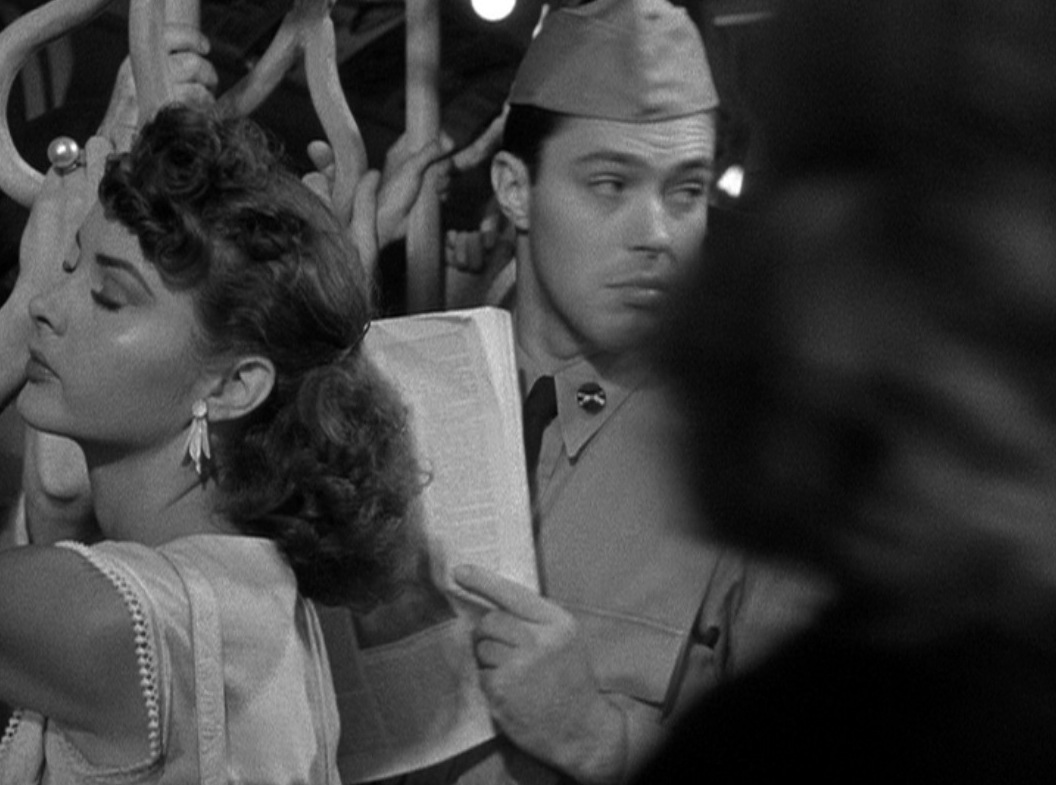
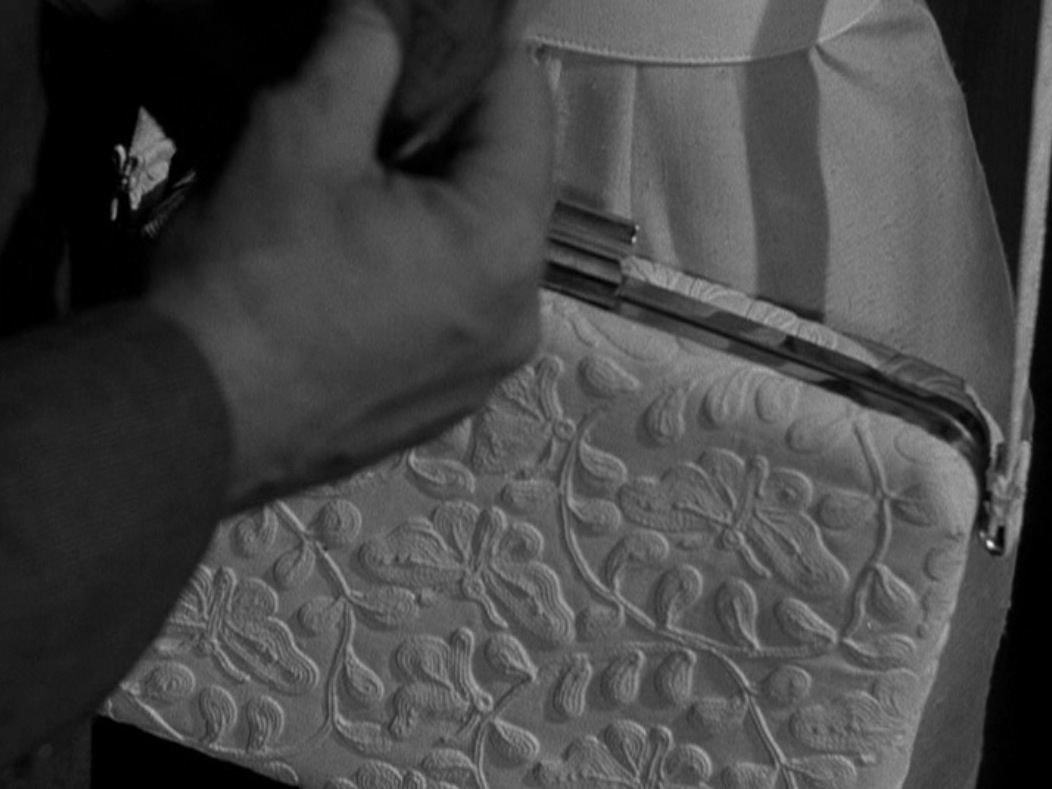
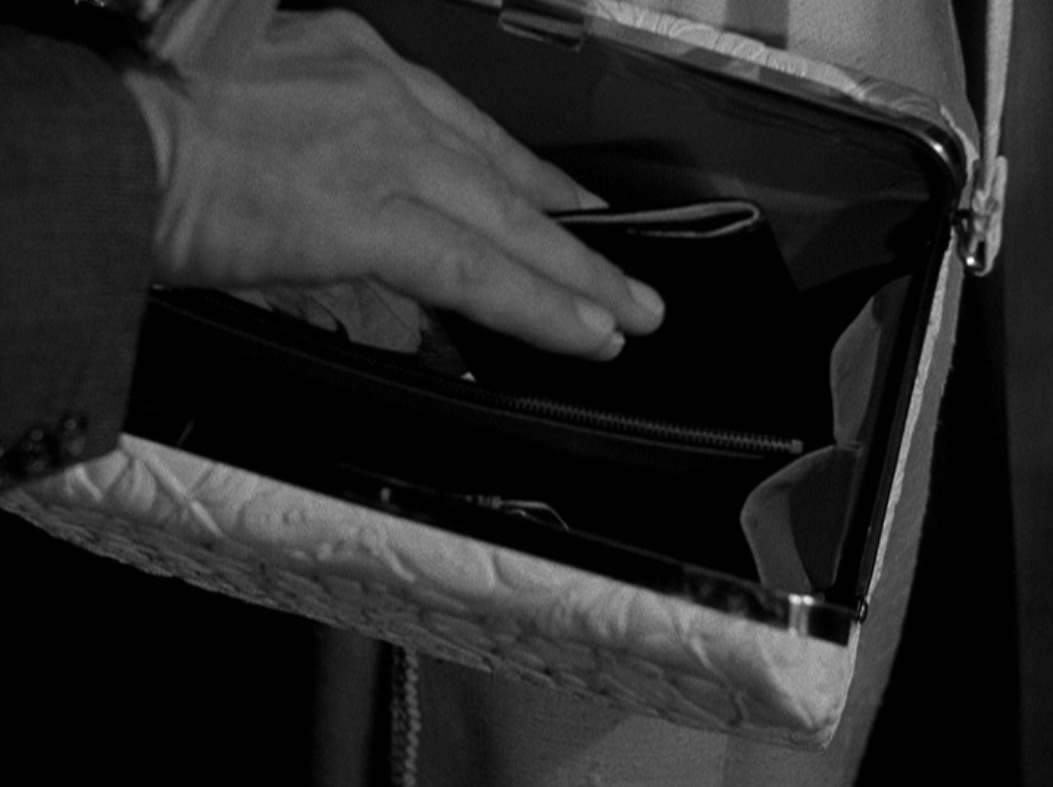
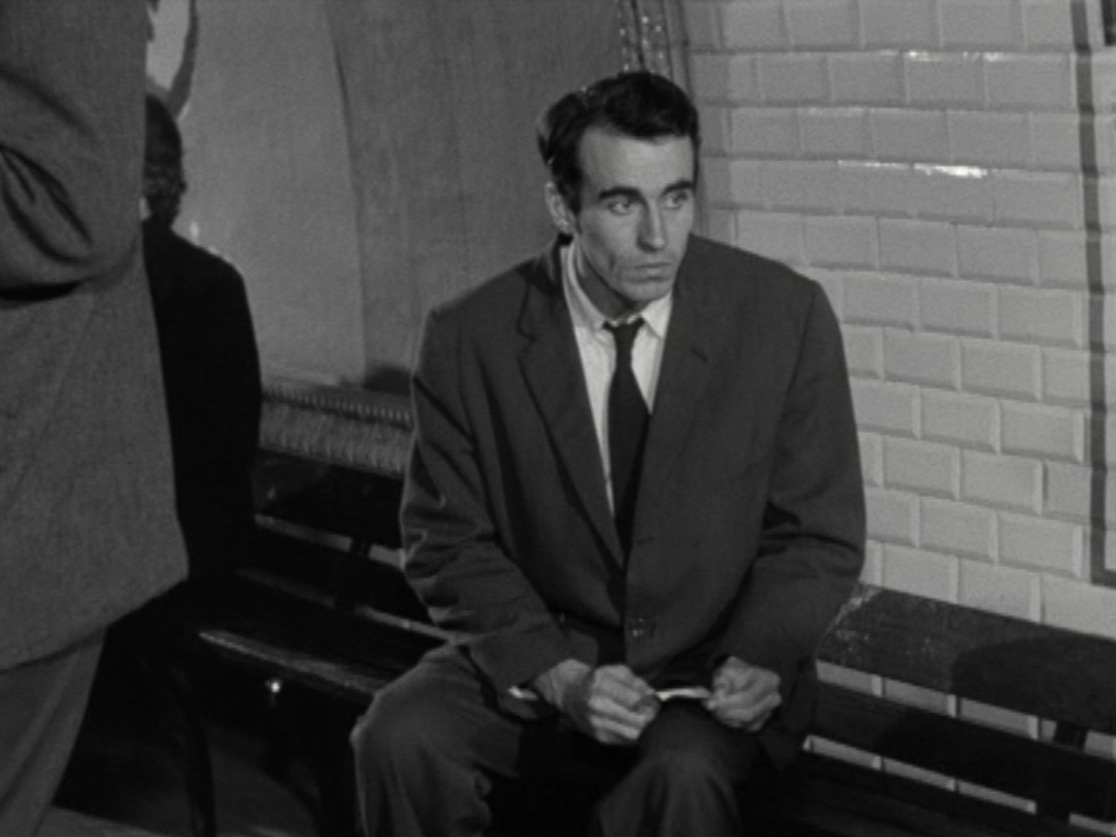
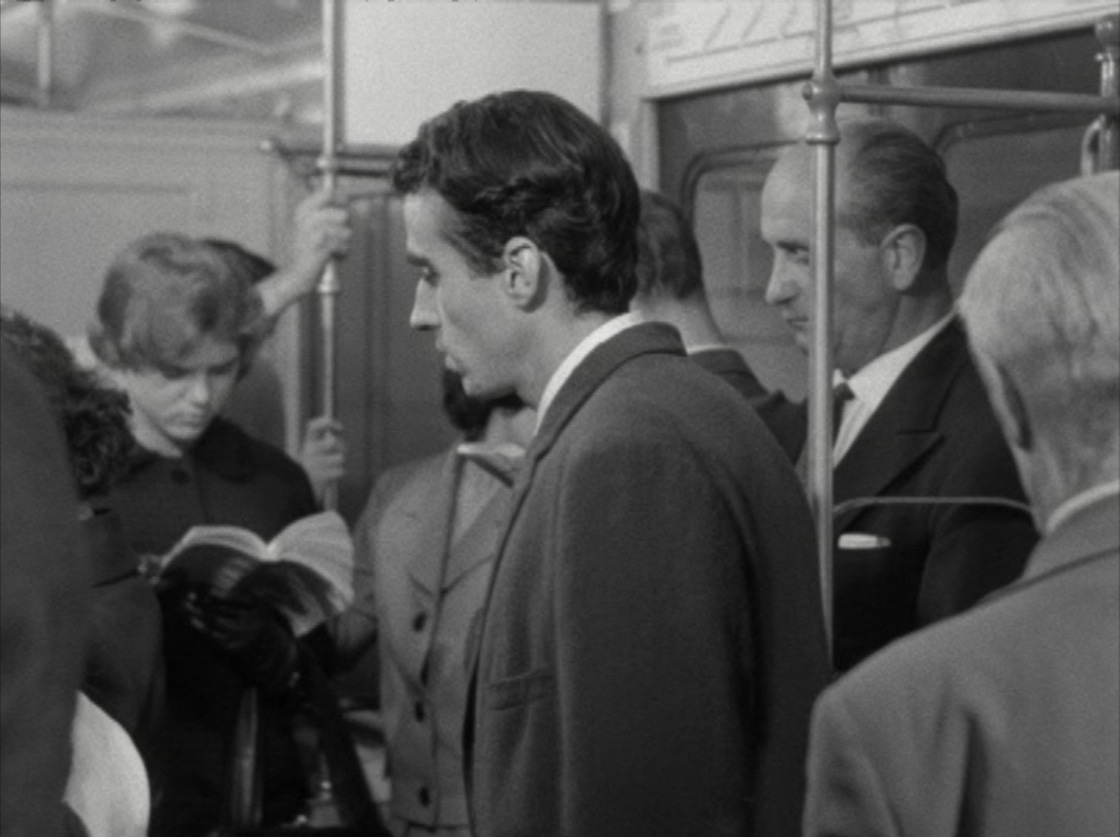
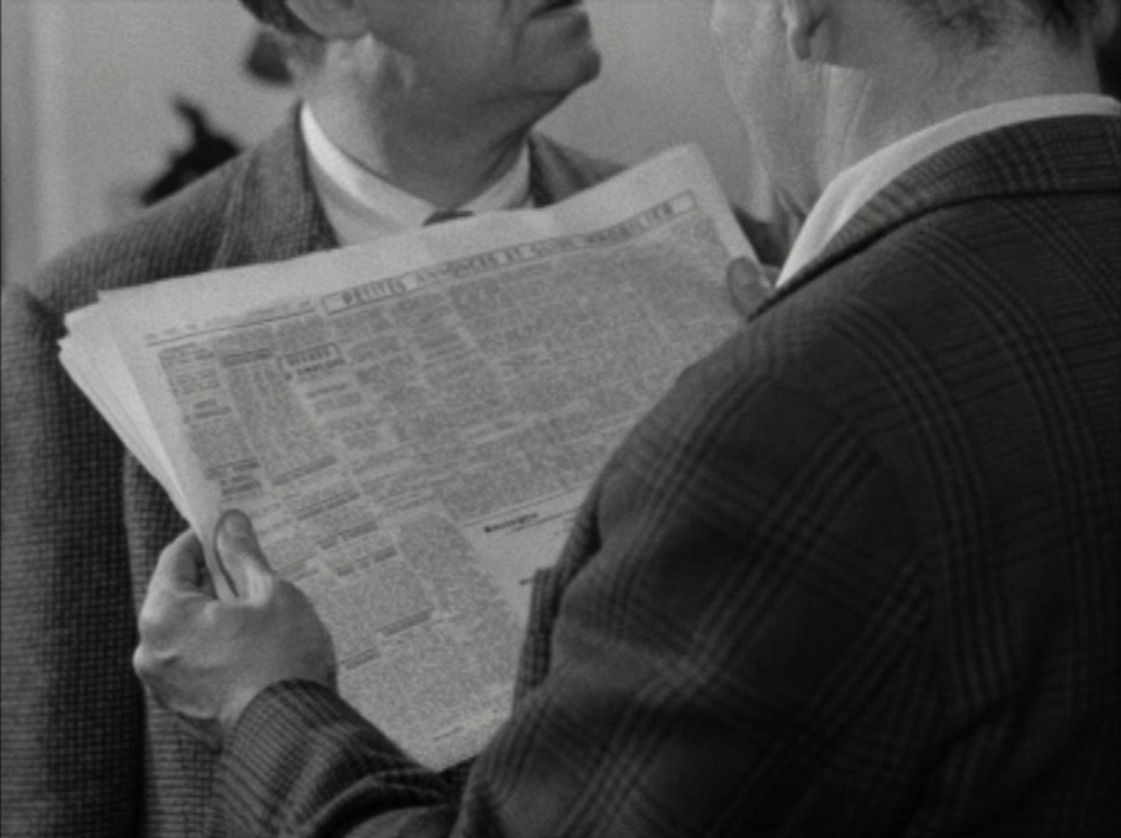
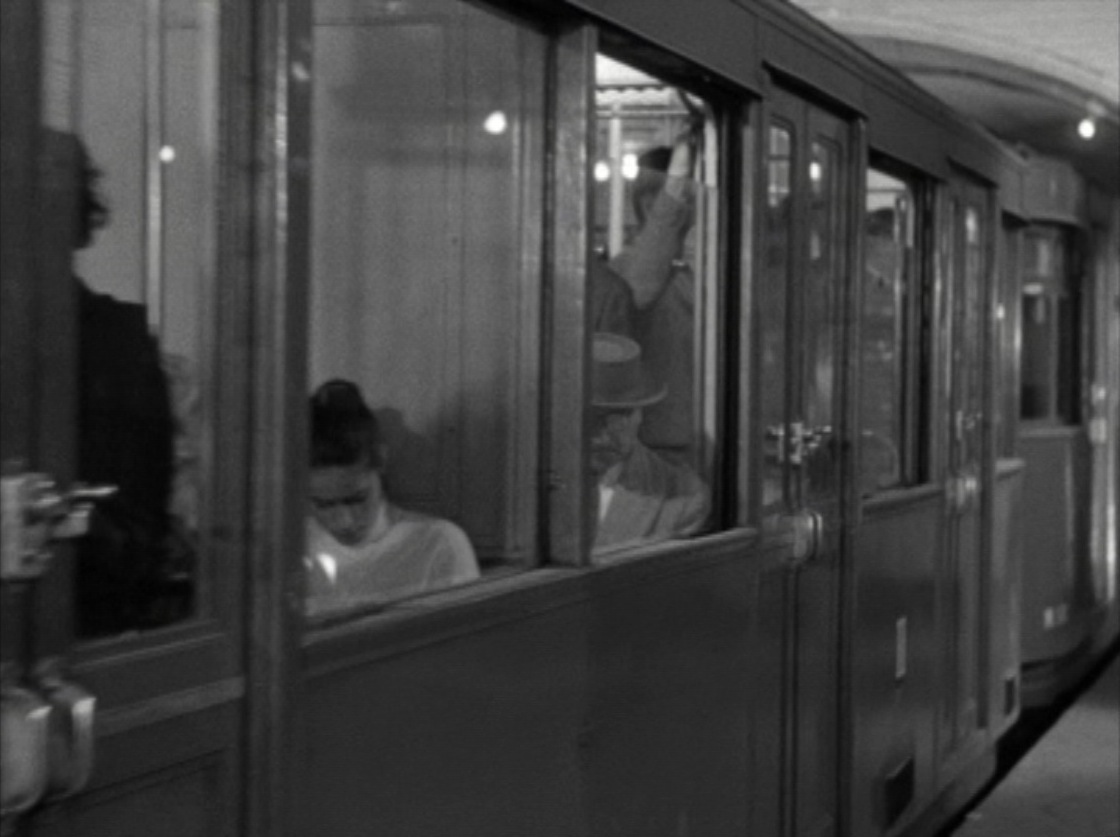


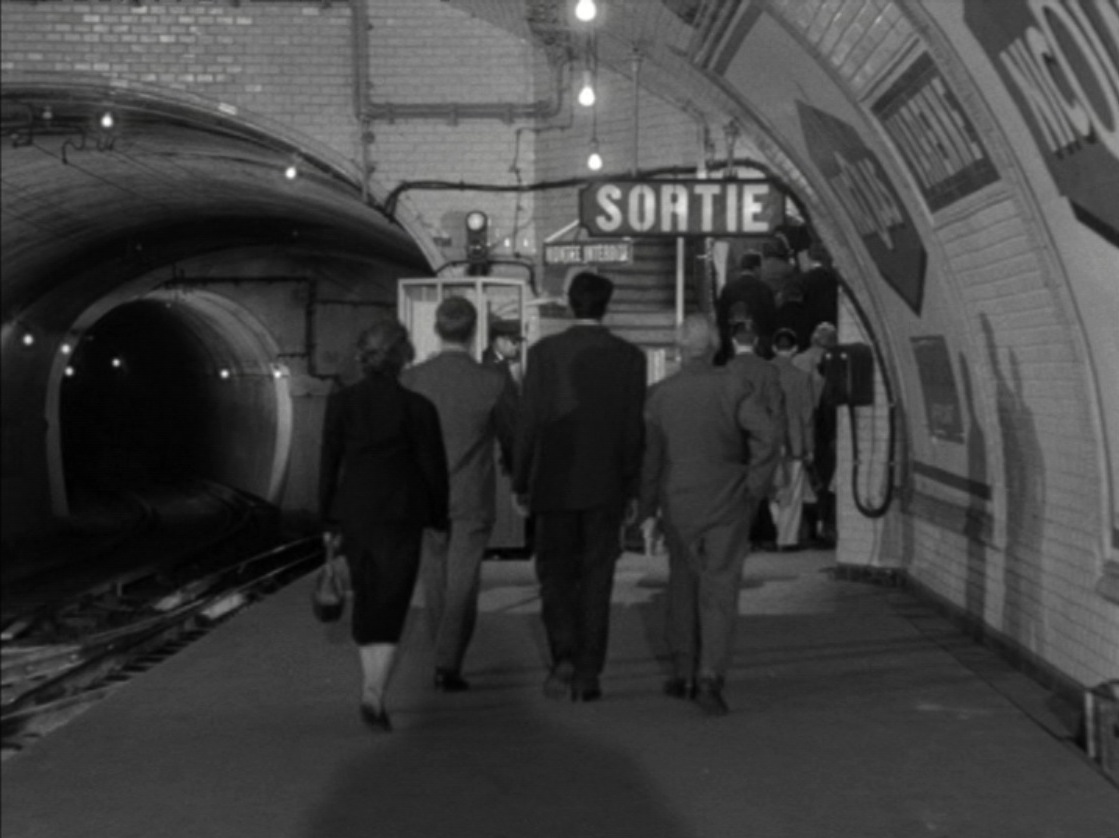
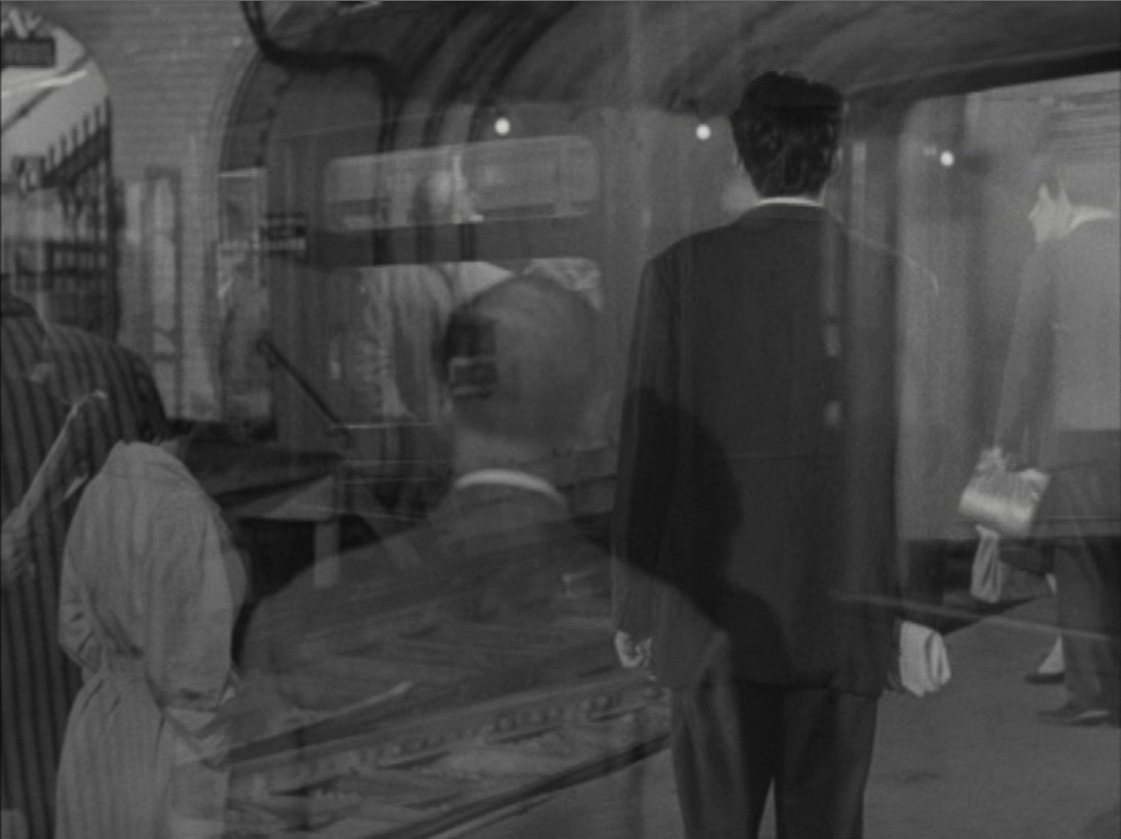
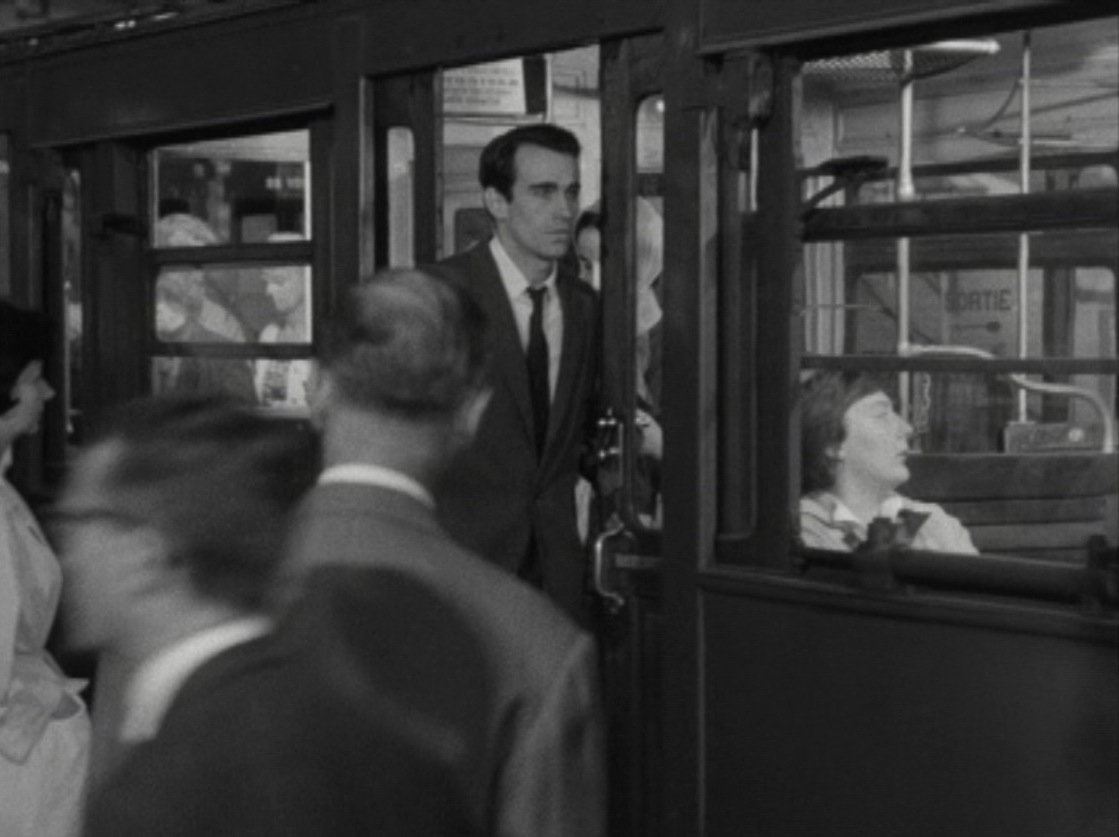
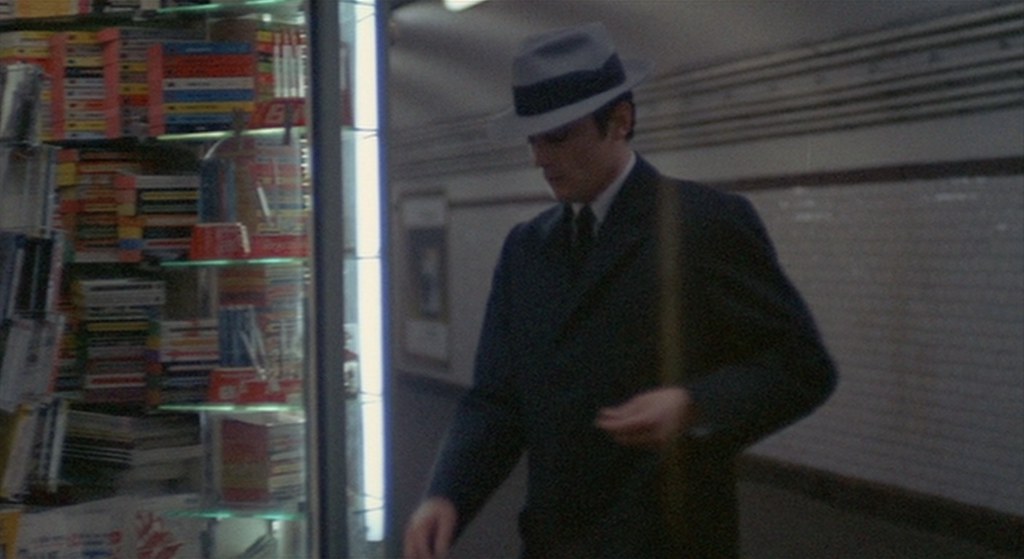
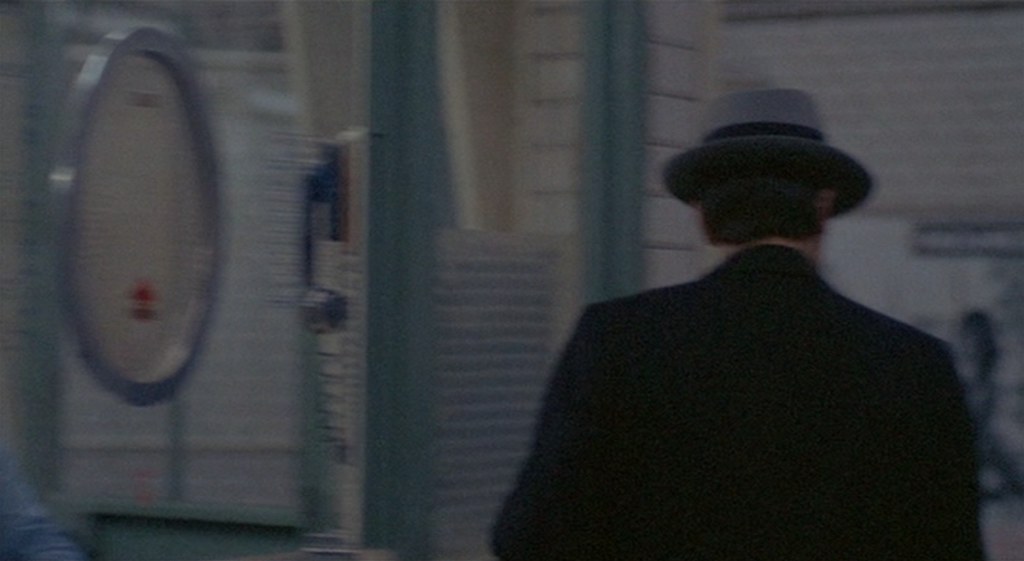

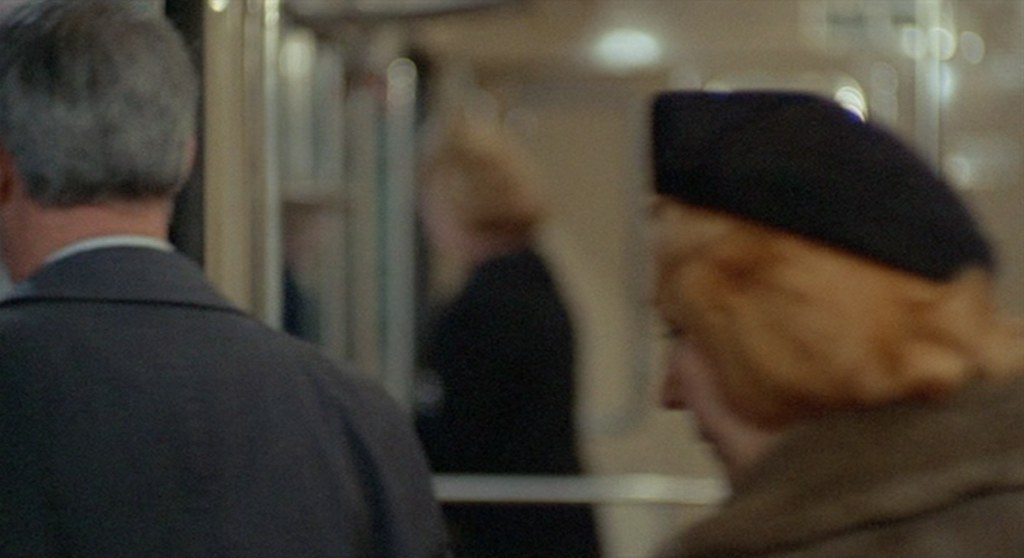

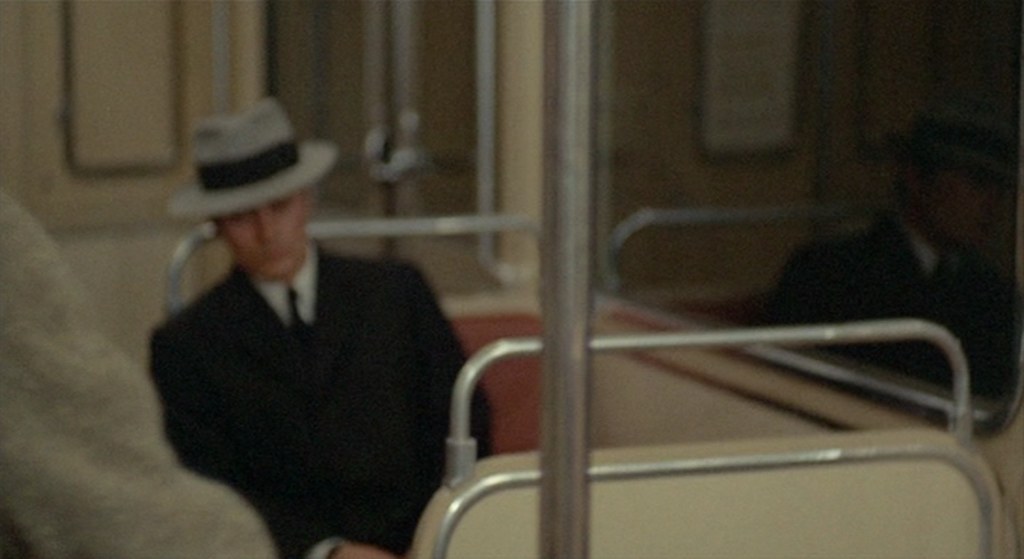
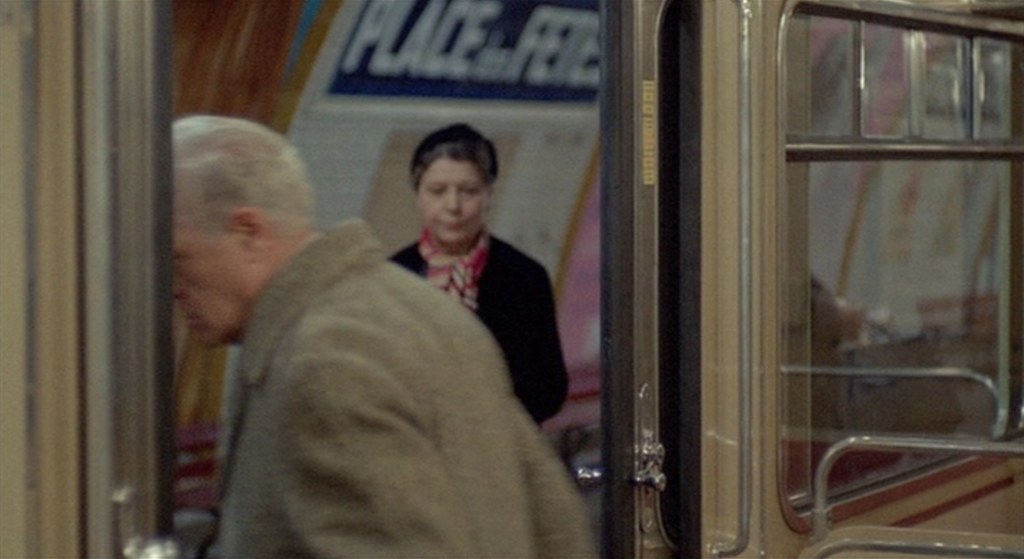

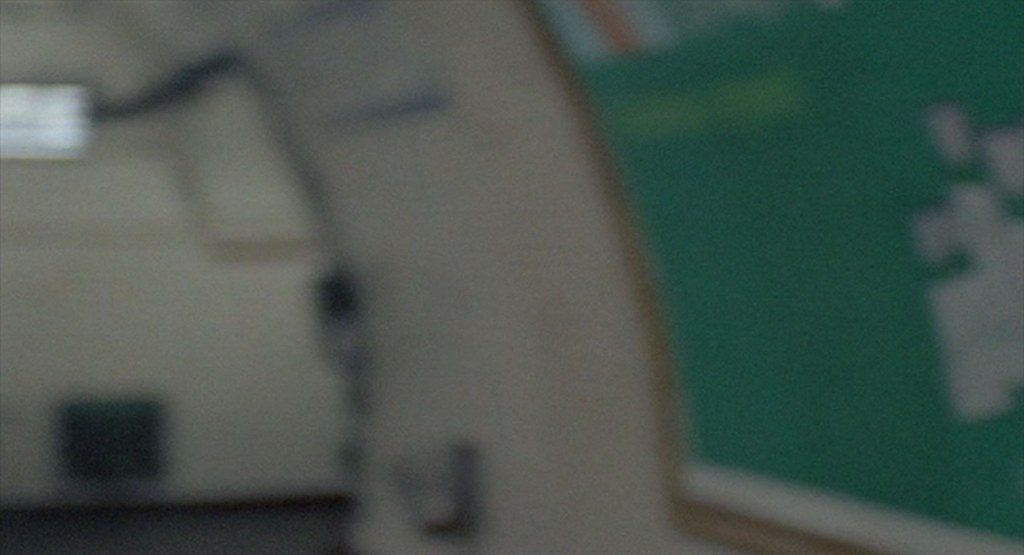
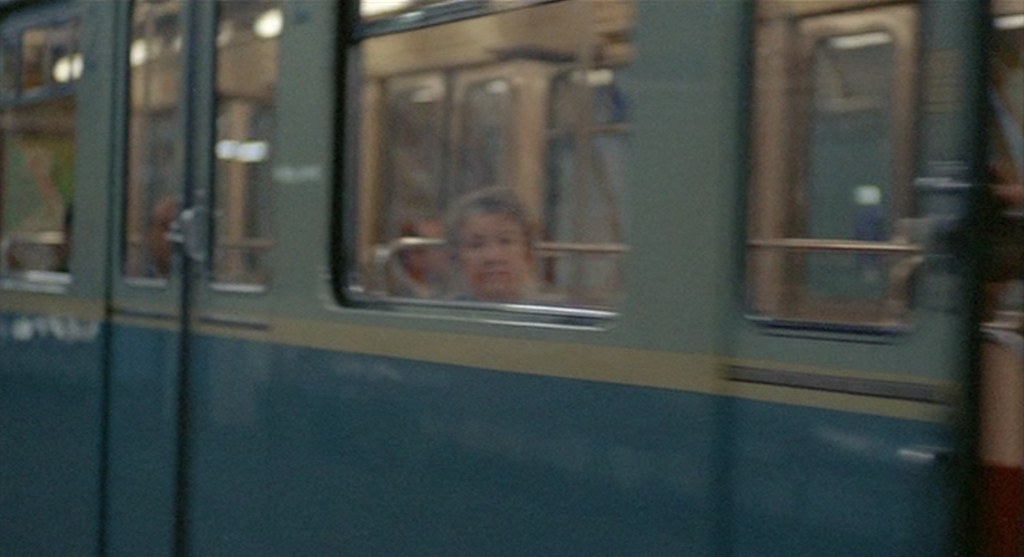
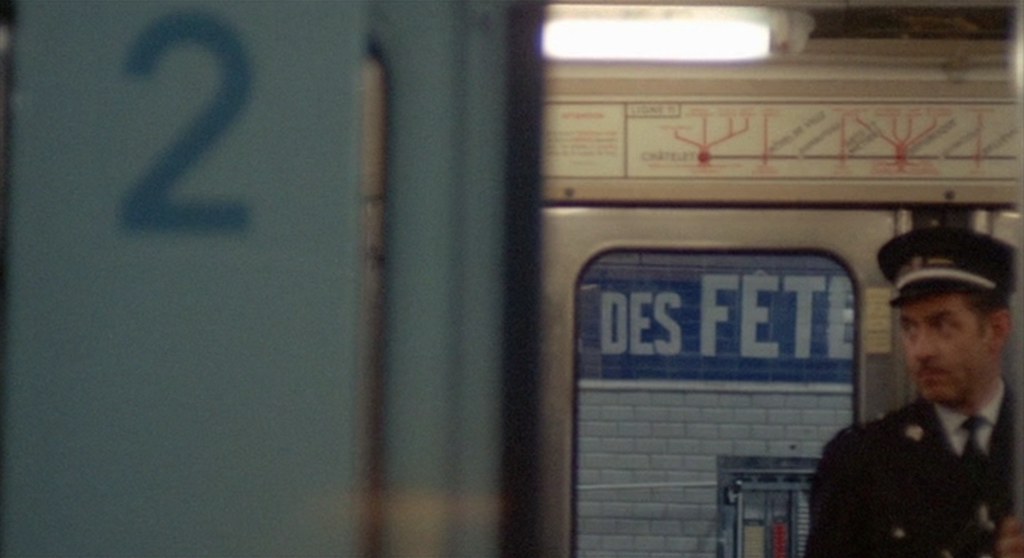

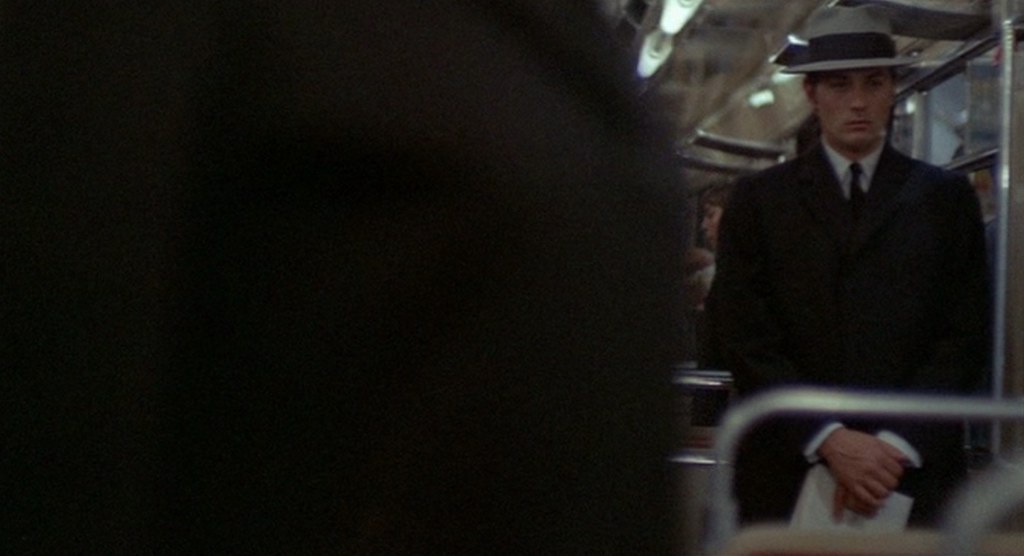
images from 3 films, all captured and shown here in an attempt to look at the works closely with a magnifying glass, and highlighting small details not normally visible on a first viewing, or even a thirtieth viewing (particularly le samouraï).
having recently read an article by jonas mekas, in which he said that film criticism/history based on 1-2 viewings of a film was totally worthless and that a writer/historian needed 30 viewings before saying anything, these bresson posts are an attempt to look very closely at the films, not from just reading about the works, but by watching them analytically and repetitively, and attempting to view the films in a way that extends the 24 frames per second to 24 frames per minute, to slow them down with the eye.
after looking at the films frame by frame, a regular viewing becomes completely different, a world of details.
(also, please look at my kurosawa entry on the auteurs film journal)
((more obsessive bresson business here and here))
-samuel fuller's pickup on south street, 1953 (aka pickpocket)
-robert bresson's pickpocket, 1959
-jean-pierre melville's le samouraï, 1967
(all films comprise a certain criminal activity in the underground)




























images from 3 films, all captured and shown here in an attempt to look at the works closely with a magnifying glass, and highlighting small details not normally visible on a first viewing, or even a thirtieth viewing (particularly le samouraï).
having recently read an article by jonas mekas, in which he said that film criticism/history based on 1-2 viewings of a film was totally worthless and that a writer/historian needed 30 viewings before saying anything, these bresson posts are an attempt to look very closely at the films, not from just reading about the works, but by watching them analytically and repetitively, and attempting to view the films in a way that extends the 24 frames per second to 24 frames per minute, to slow them down with the eye.
after looking at the films frame by frame, a regular viewing becomes completely different, a world of details.
(also, please look at my kurosawa entry on the auteurs film journal)
((more obsessive bresson business here and here))
Sunday, March 16, 2008
robert bresson, andrei tarkovsky, very few means of expression

while doing roublev i forced myself to be very hard and very dry, tending towards a sort of olympic calm that, for me, is the major quality of the art of directing a film. so i might as well as tell you that i'm very fond of bresson. page 30
in paris, i have asked to meet bresson. we have nothing in common, but he's one of the best directors i know. i want to see him, to see his face, to see how he talks. i have no questions to ask him, he himself suffices for me... he uses very few means of expression, nobody ever has reached such a degree of asceticism. page 45
the film clips which i am showing represent what is closest to my heart. they are examples of a form of thought and how this thought is expressed through film. in bresson's mouchette the way in which the girl commits suicide is particularly striking. page 78
in fact i consider robert bresson the best filmmaker in the world. i have only the greatest respect for him. not counting that, i actually don't see many resemblances between us. he's able to cut down a shot in a way that i can't; it would be for me like killing a living being. page 182
from andrei tarkovsky: interviews, 2006
i now know two directors who worked with rigid self-imposed constraints to help them create a true form for the realisation of their idea; early dovzhenko (earth) and bresson (diary of a country priest). but bresson is perhaps the only man in the cinema to have achieved the perfect fusion of the finished work with a concept theoretically formulated beforehand. i know of no other artist as consistent as he is in this respect. his guiding principle was the elimination of what is known as 'expressiveness', in the sense that he wanted to do away with the frontier between the image and actual life; that is, to render life itself graphic and expressive. no special feeding in of material, nothing laboured, nothing that smacks of deliberate generalisation. paul valéry could have been thinking of bresson when he wrote: 'perfection is achieved only by avoiding everything that might make for conscious exaggeration.' apparently no more than modest, simple observation of life. pages 94-95
you will always recognize the editing of bergman, bresson, kurosawa or antonioni; none of them could ever be confused with anyone else, because each one's perception of time, as expressed in the rhythm of his films, is always the same. page 121
from andrei tarkovsky: sculpting in time, 1986
Wednesday, March 12, 2008
robert bresson, filmography
(including cinematography, music and writing)
-journal d'un curé de campagne 1951
cinematography by léonce-henri burel
music by jean-jacques grünenwald
from the novel by georges bernanos (journal d'un curé de campagne, 1936)
screenplay by robert bresson
-un condamné à mort s'est échappé ou le vent souffle où il veut 1956
cinematography by léonce-henri burel
music by wolfgang amadeus mozart (mass in c minor k 427, 1782-3)
from the memoir by andré devigny (un condamné à mort s'est échappé, 1956)
screenplay by robert bresson
-pickpocket 1959
cinematography by léonce-henri burel
music by jean-baptiste lully (from his opera atys, 1676, transcription by f. oubradous)
inspired by fyodor dostoevsky's crime and punishment (1866)
screenplay by robert bresson
-procès de jeanne d'arc 1962
cinematography by léonce-henri burel
music by francis seyrig
screenplay by robert bresson
-au hasard balthazar 1966
cinematography by ghislain cloquet
music by franz schubert (piano sonata no. 20 d.959, 1828, performed by jean-joel barbier) & jean wiener (jazz and songs)
screenplay by robert bresson
-mouchette 1967
cinematography by ghislain cloquet
music by claudio monteverdi (magnificat sv 206/8,
ca. 1610, performed by les chanteurs de saint-eustache) & jean wiener (tunes)
from the novel by georges bernanos (nouvelle histoire de mouchette, 1937)
screenplay by robert bresson
-une femme douce 1969
cinematography by ghislain cloquet
music by jean wiener, henry purcell (come ye sons of art away, 1694), wolfgang amadeus mozart
from fyodor dostoyevsky's short story the gentle maiden (1876)
screenplay by robert bresson
-quatre nuits d'un rêveur 1971
cinematography by pierre lhomme
music by michel magne, groupe batuki, christopher hayward, louis guitar, f.r. david
from fyodor dostoevsky's short story white nights (1848)
screenplay by robert bresson
-l'argent 1983
cinematography by pasqualino de santis & emmanuel machuel
music by johann sebastian bach (chromatic fantasy and fugue, for keyboard in d minor bwv 309, ca. 1723)
from leo tolstoy's short story faux billet/the forged coupon (1905)
screenplay by robert bresson
(for more specific information on these films, see: robert bresson by philippe arnaud, cahiers du cinema, 1986)
Labels:
cinematography,
film,
music,
robert bresson
Sunday, March 9, 2008
robert bresson, léonce-henri burel, jacques becker, ghislain cloquet, sans personnes
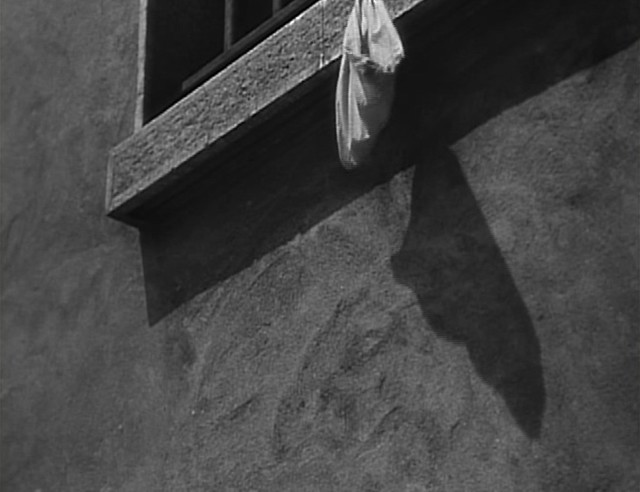
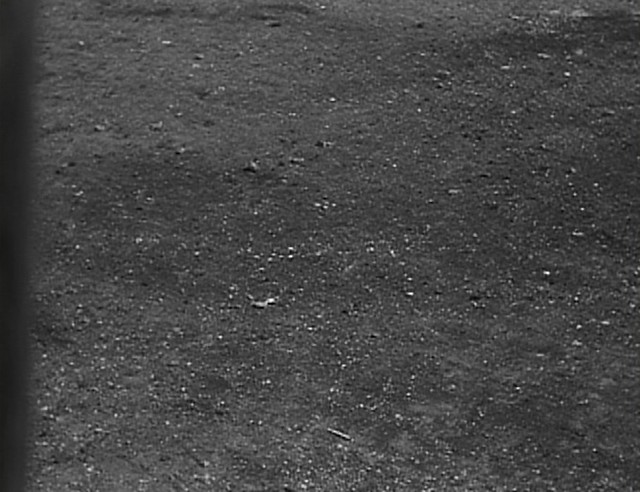
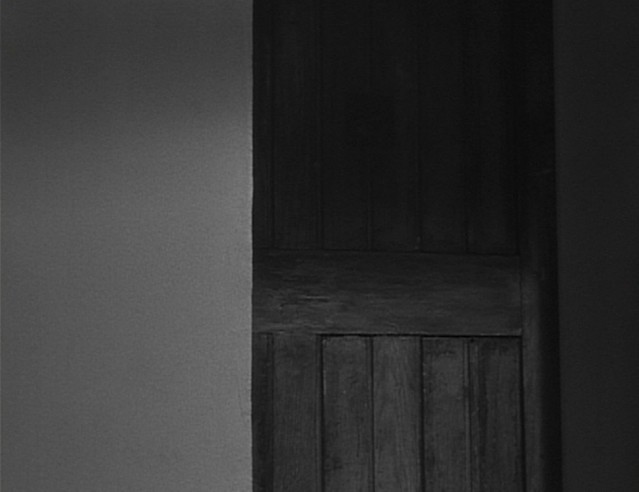

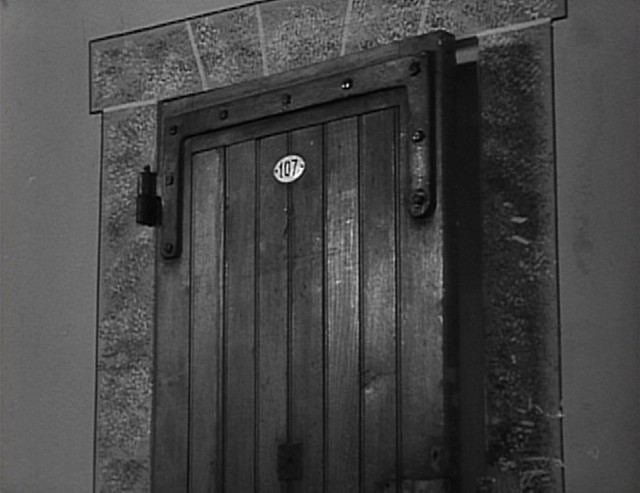
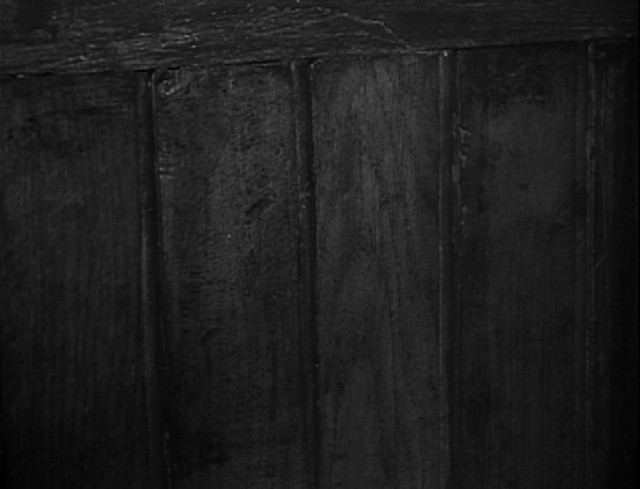
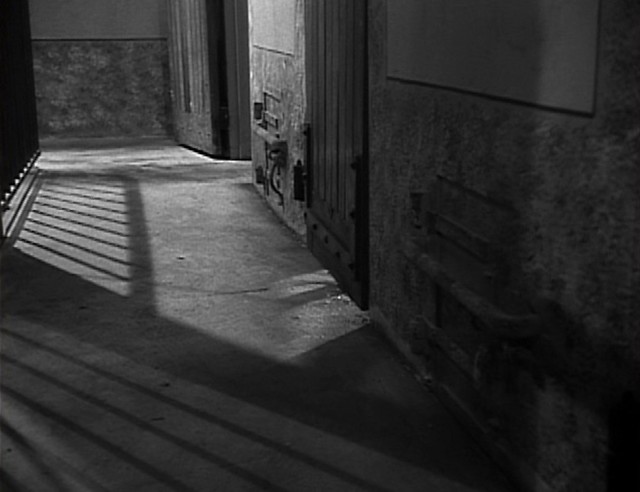
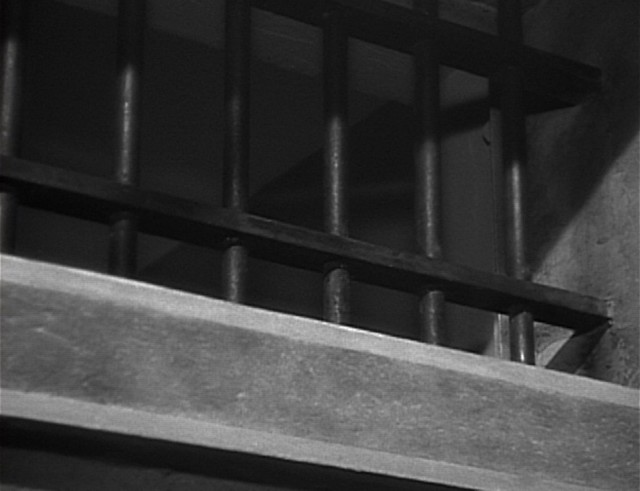

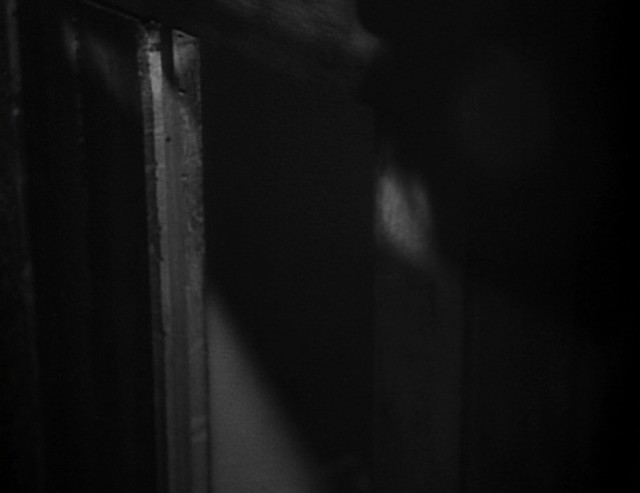

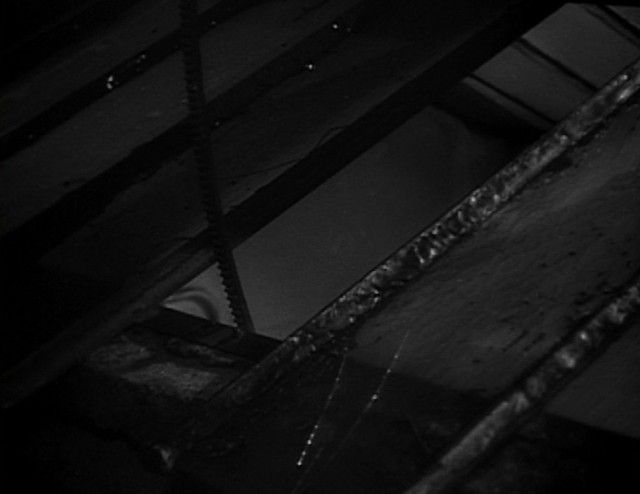
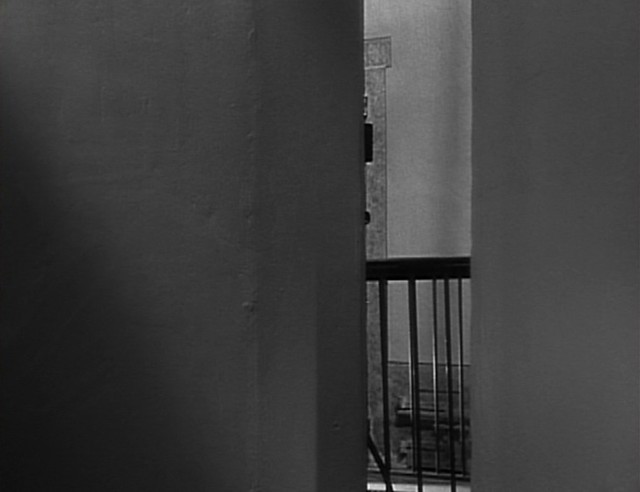
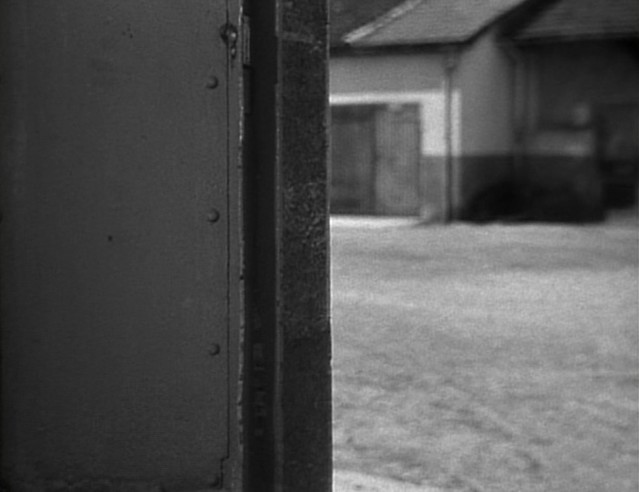
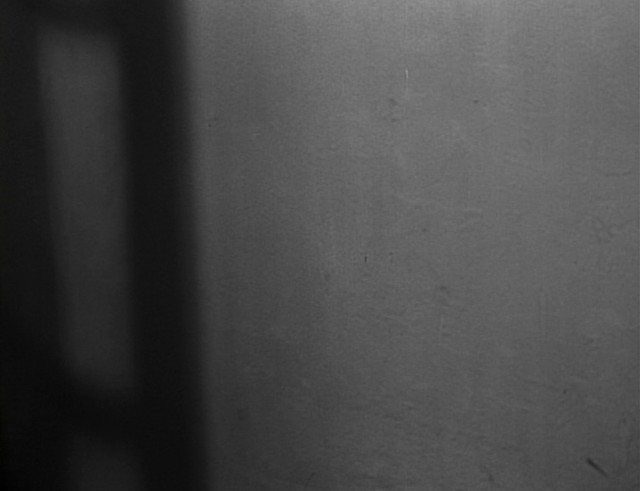
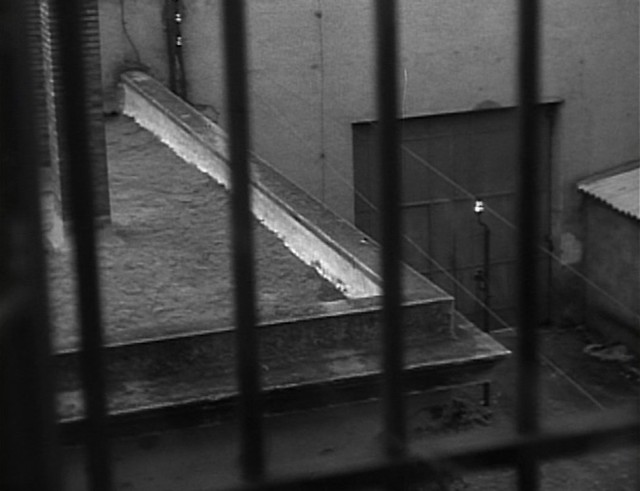
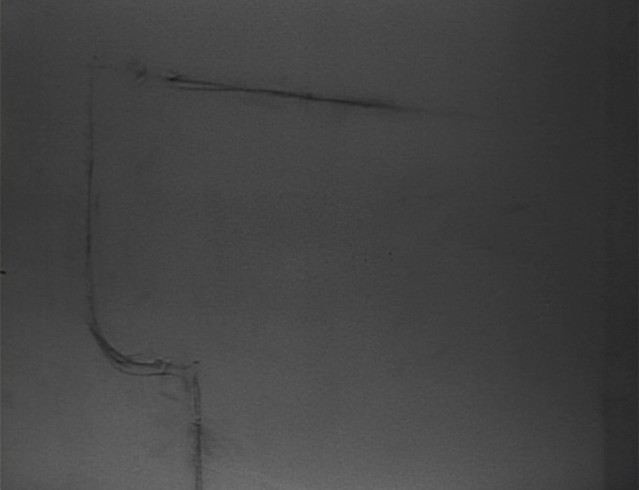
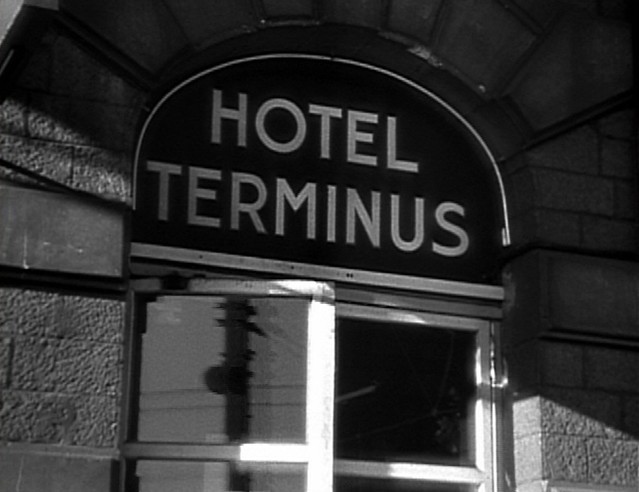


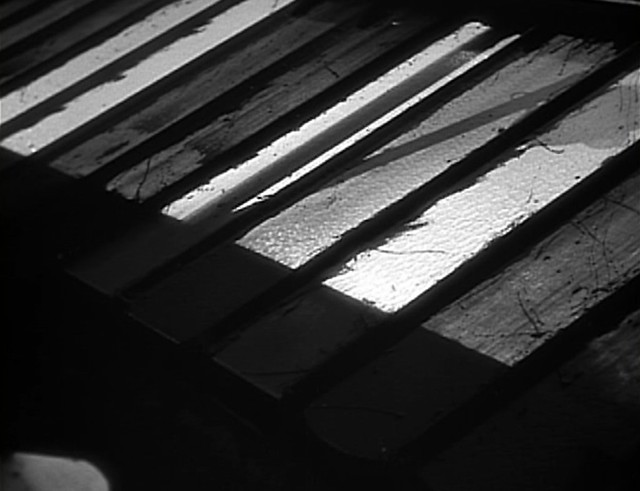
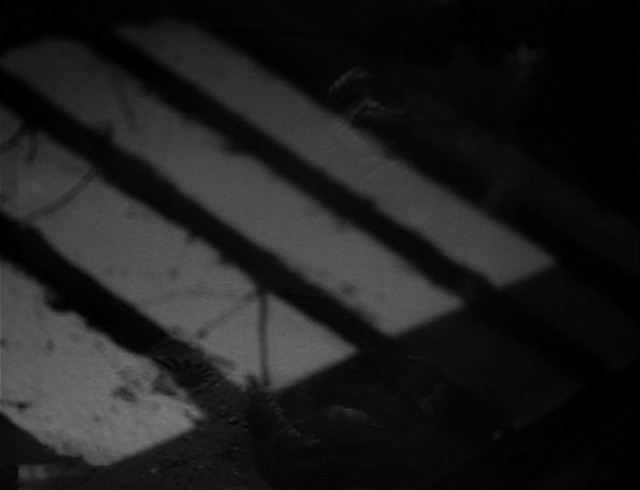
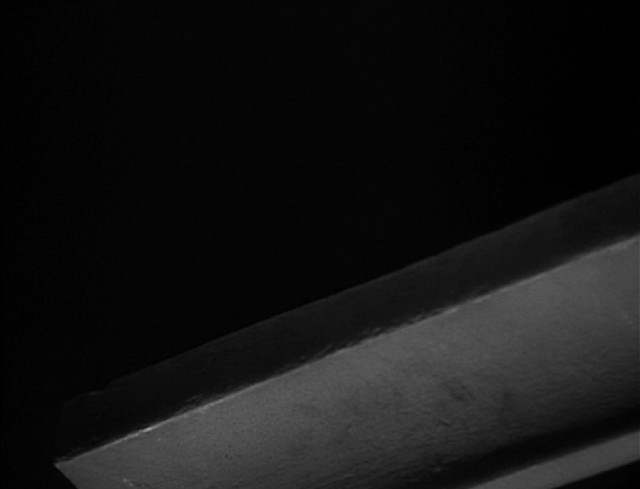
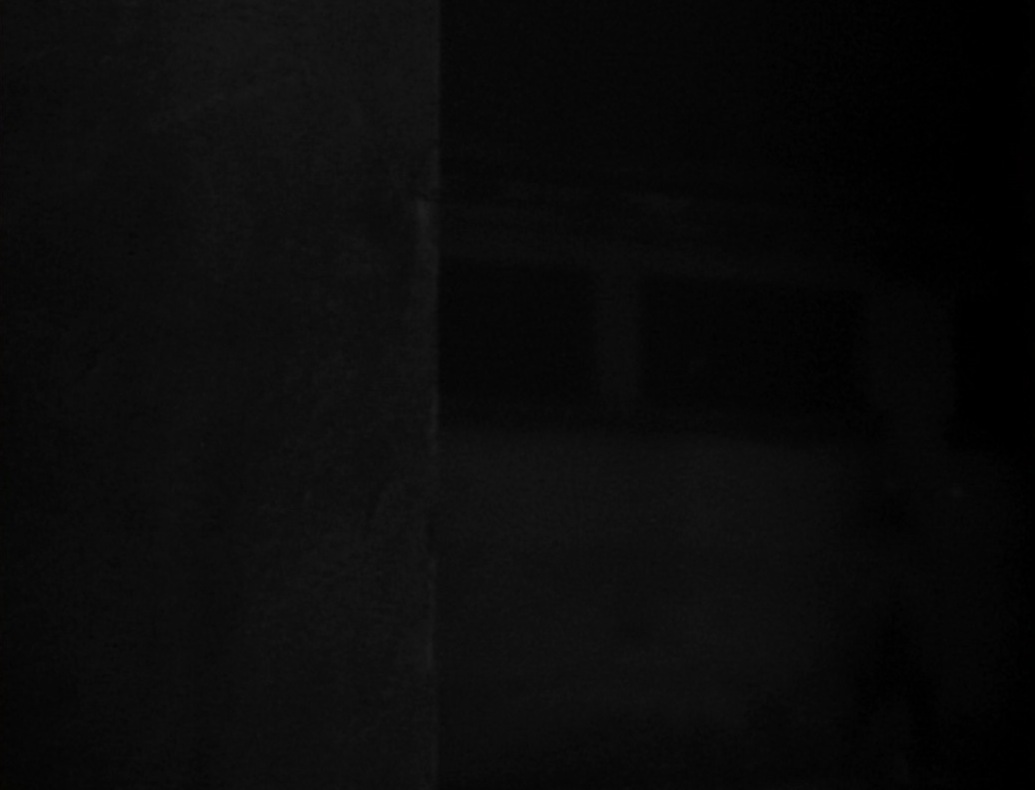
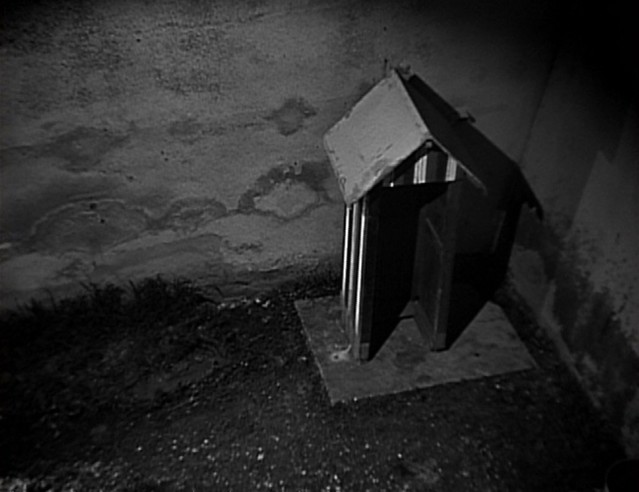



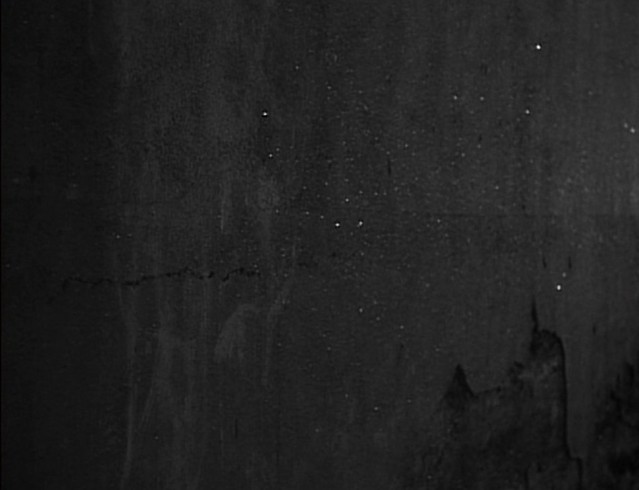

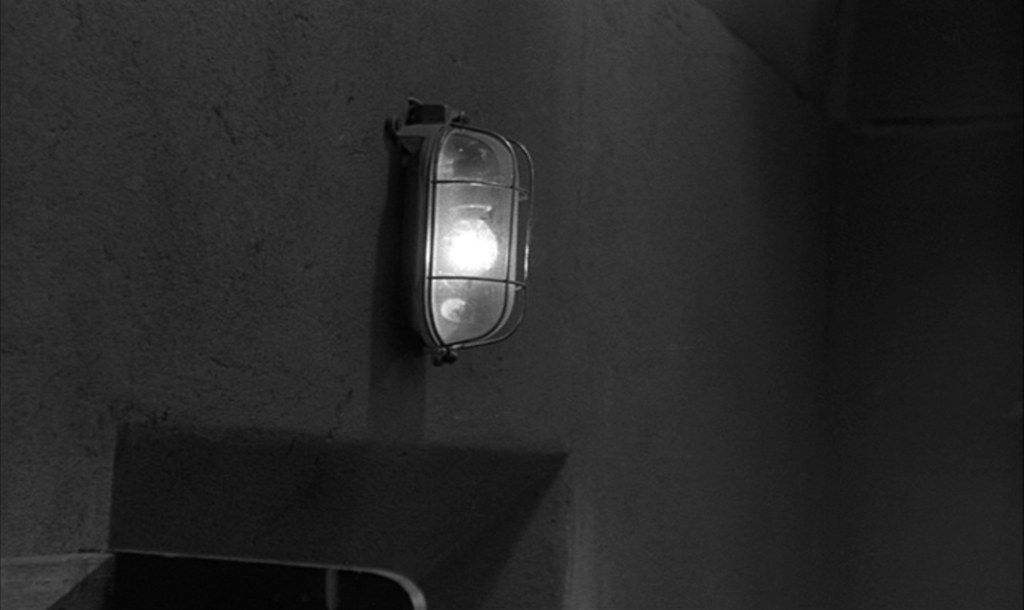

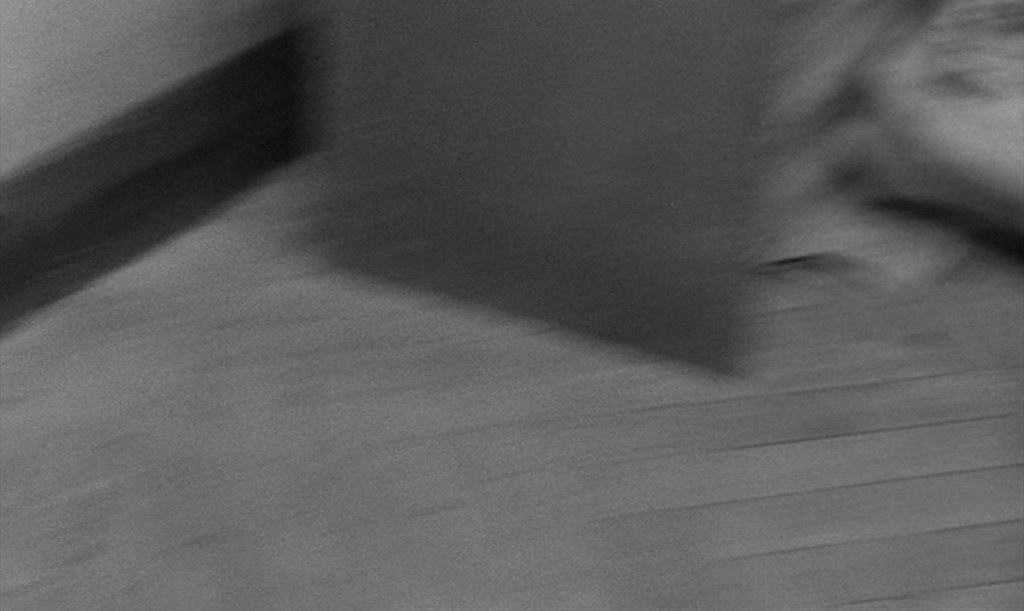
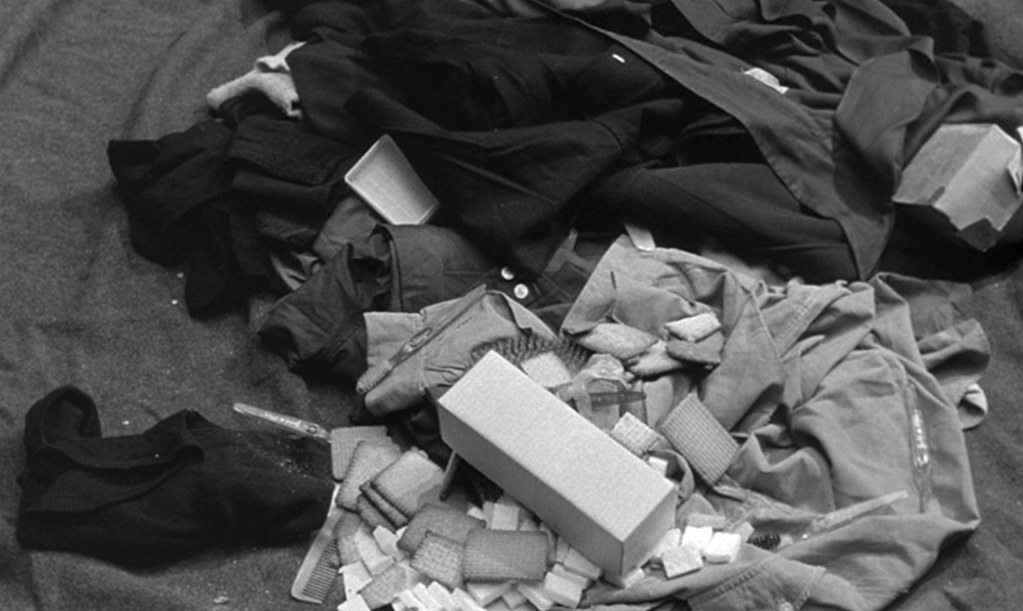
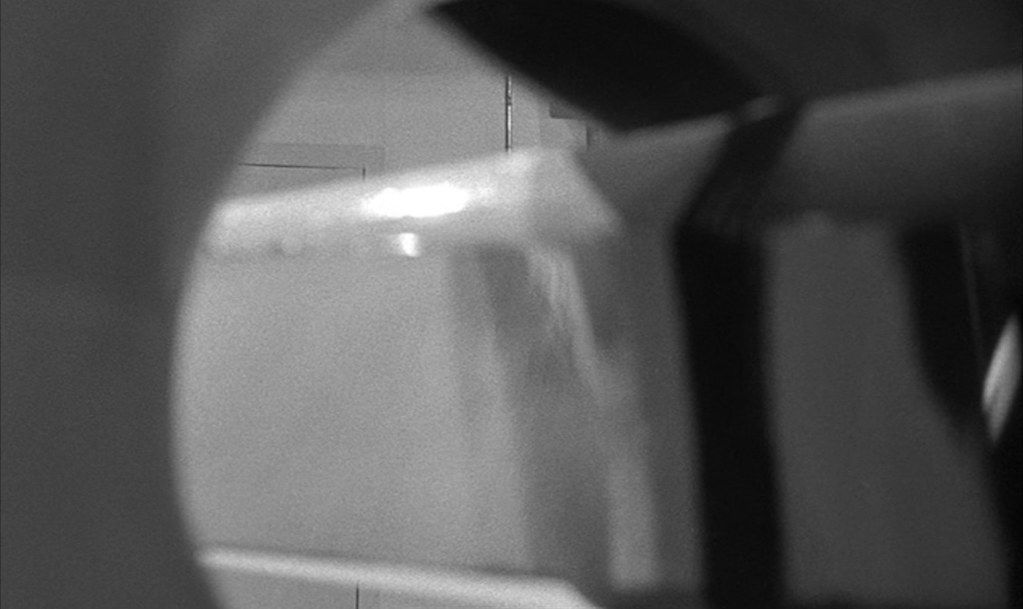
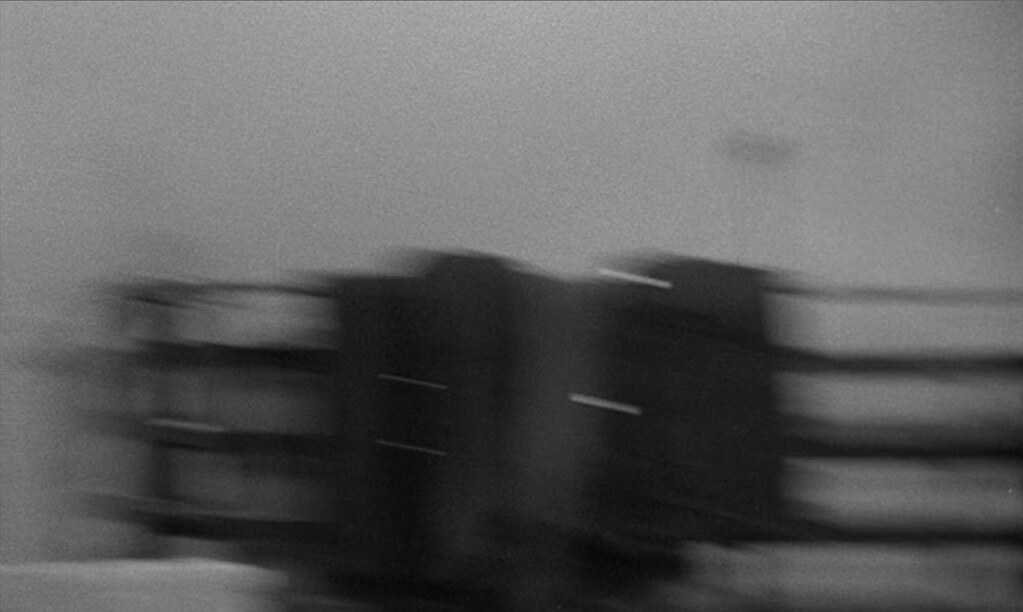

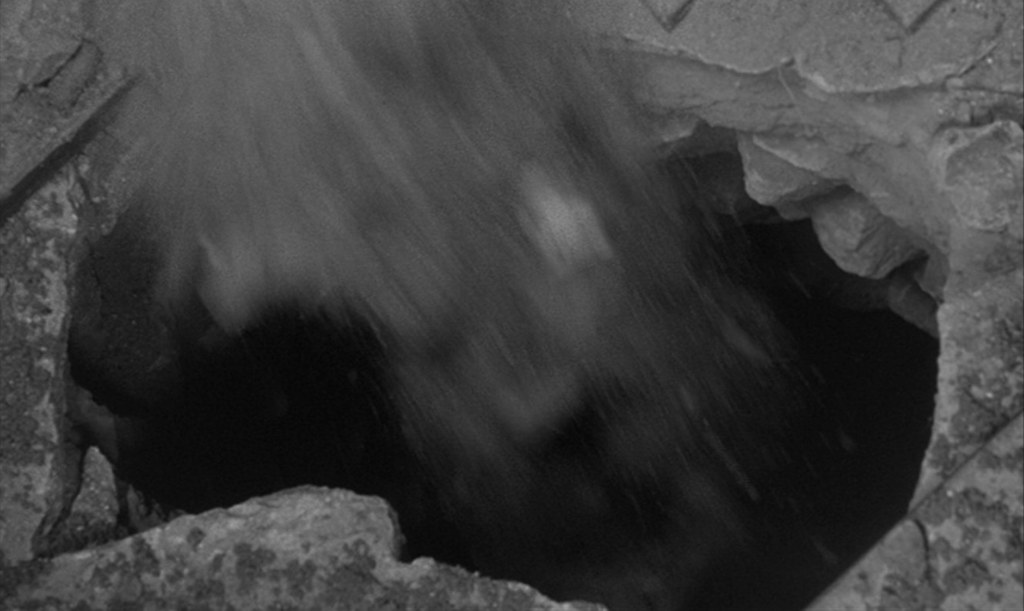
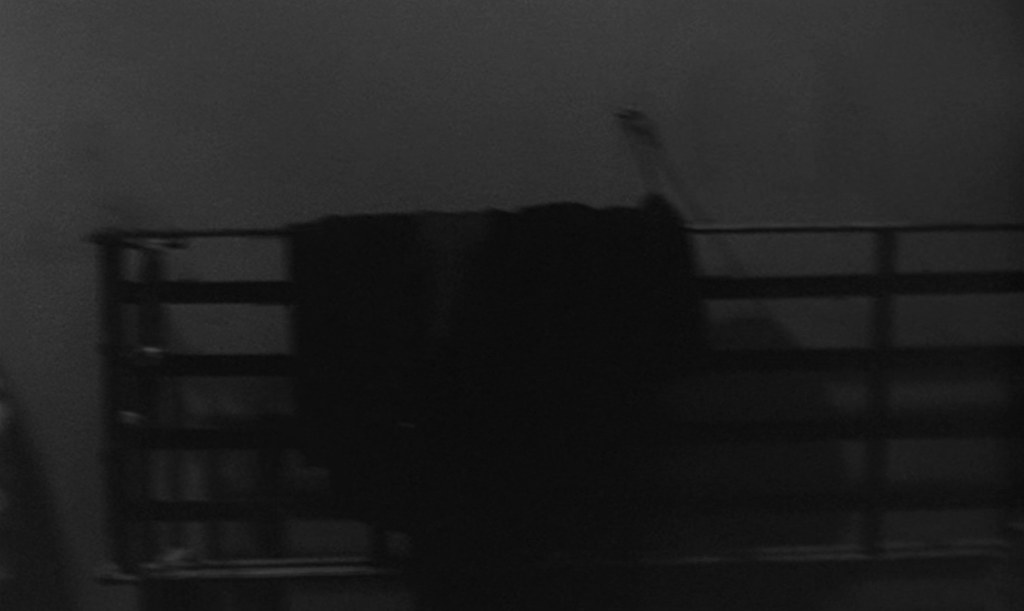
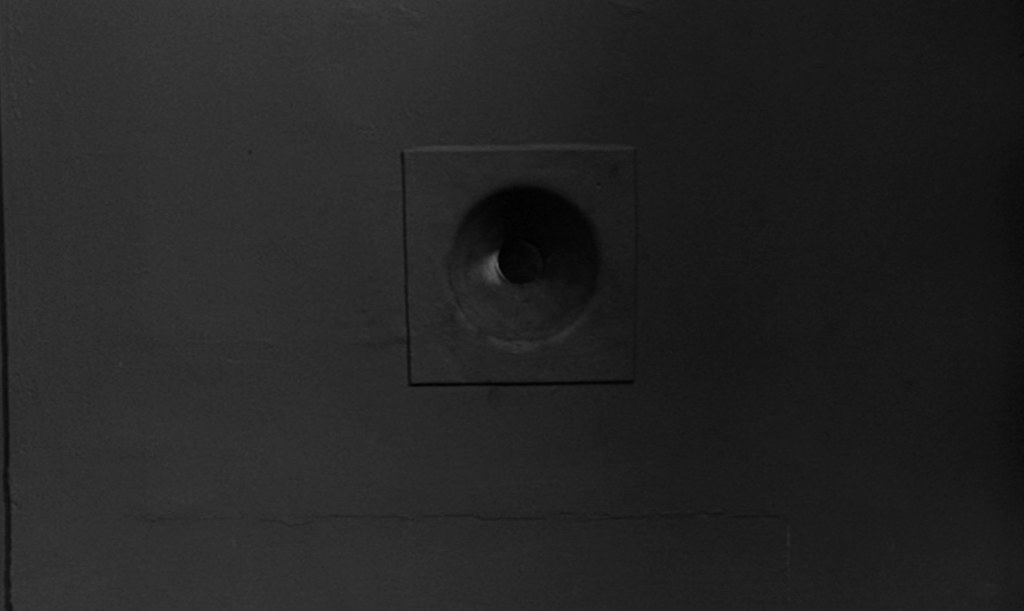


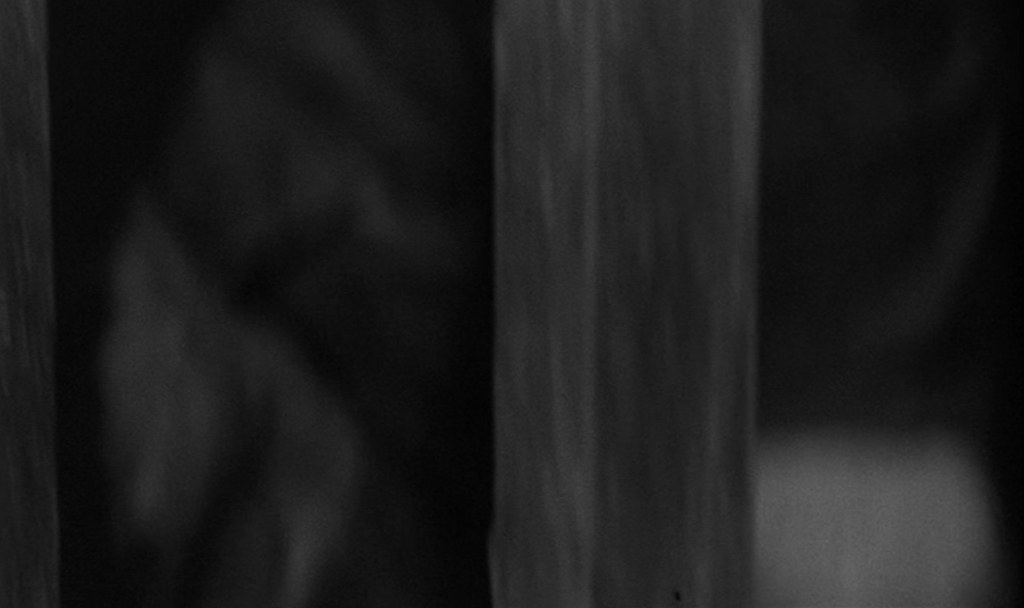


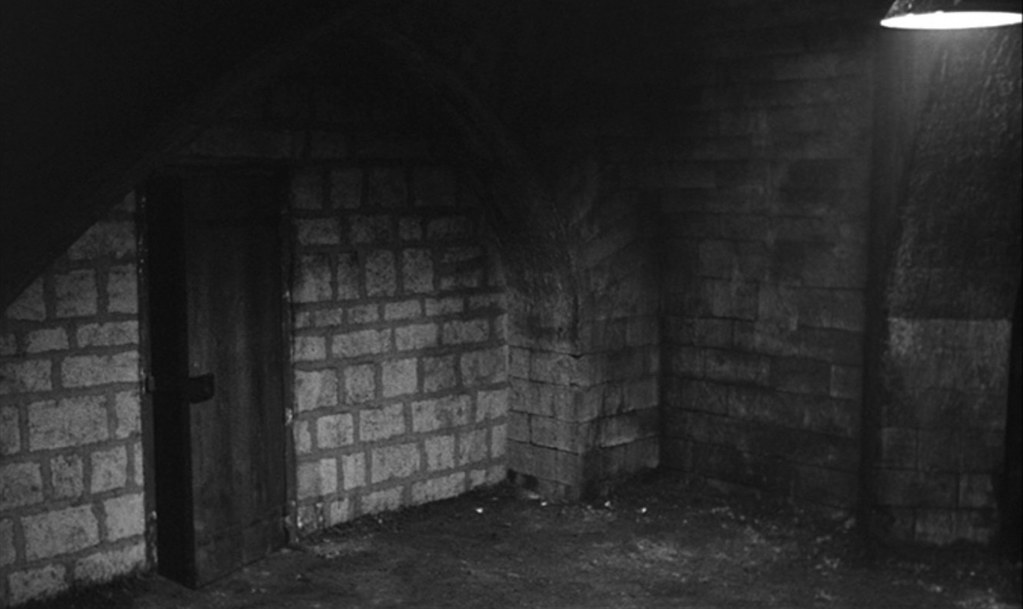


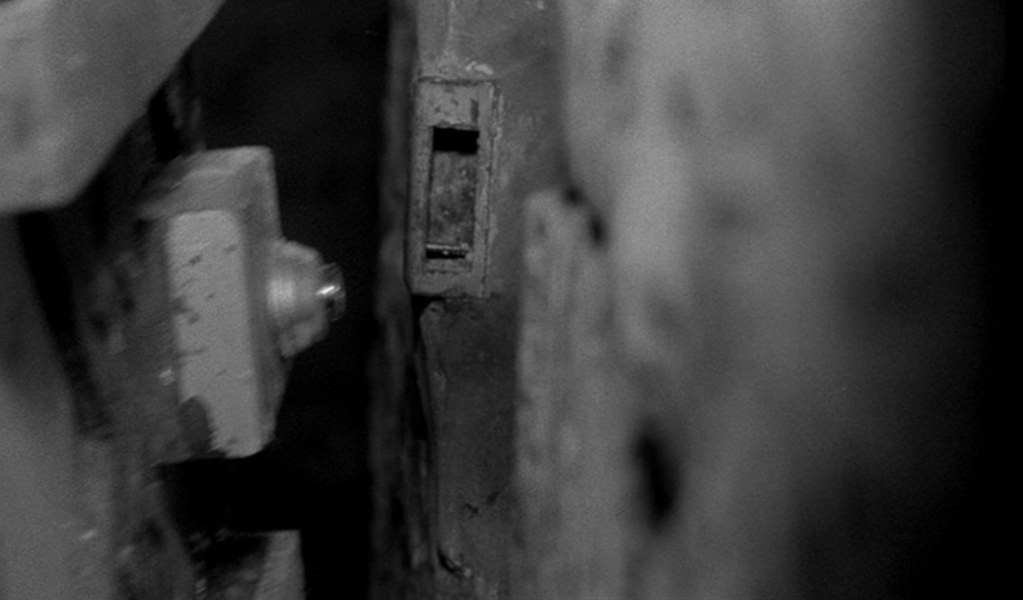

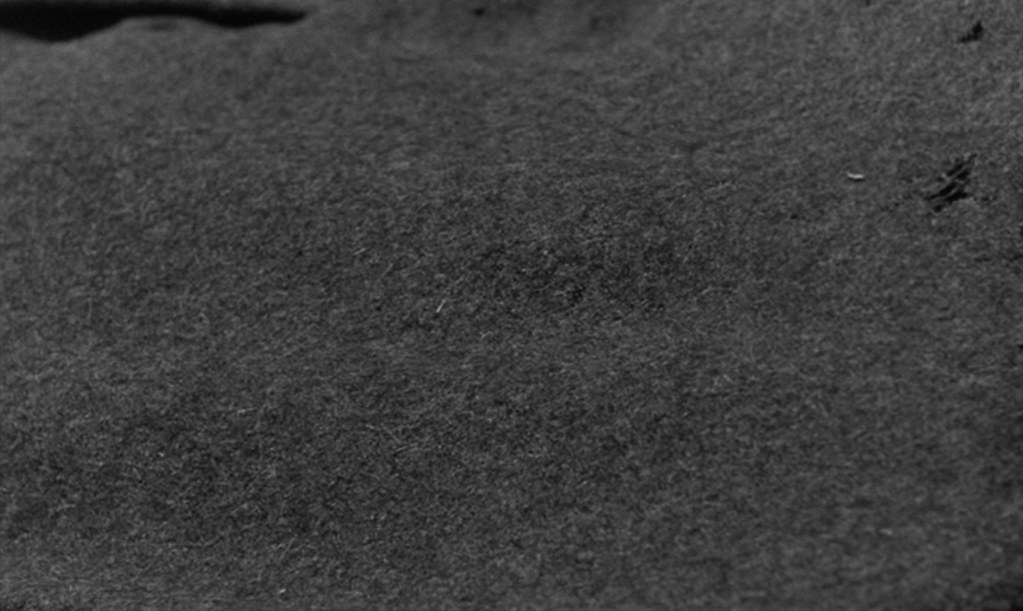

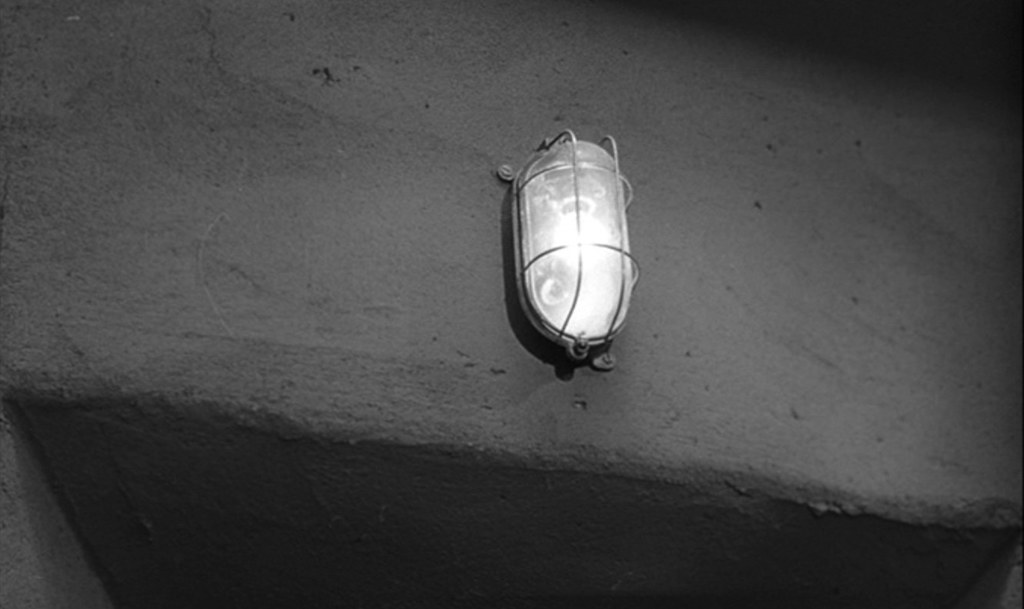
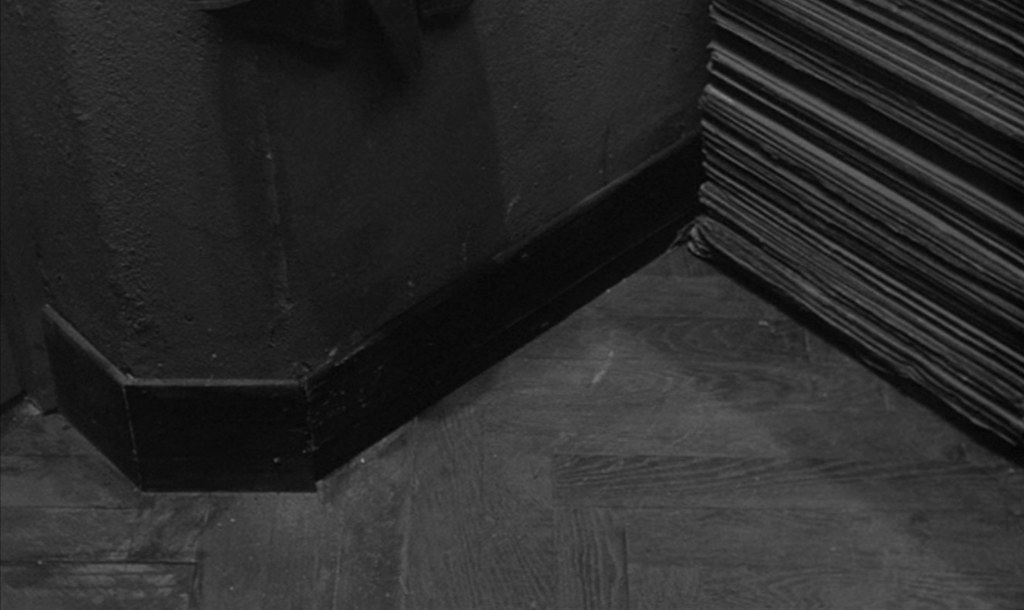
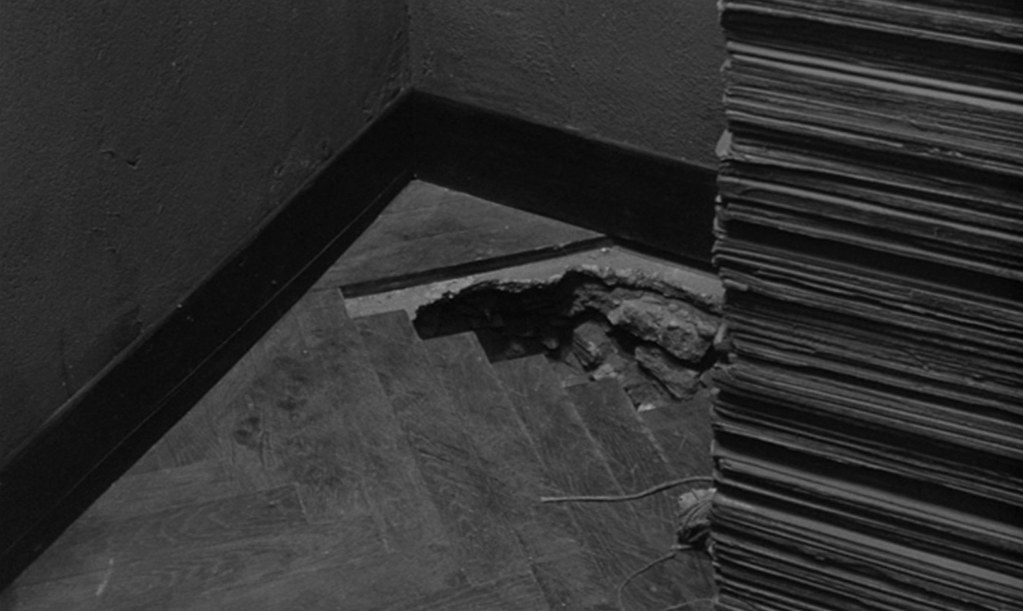



two prison escape films,
(moments without human presence)
-robert bresson, un condamné à mort s'est échappé ou le vent souffle où il veut (aka a man escaped), 1956 (dp. léonce-henri burel)
-jacques becker, le trou, 1960 (dp. ghislain cloquet, bresson's cinematographer for au hasard balthazar 1966, mouchette 1967, une femme douce 1969)
Subscribe to:
Comments (Atom)

